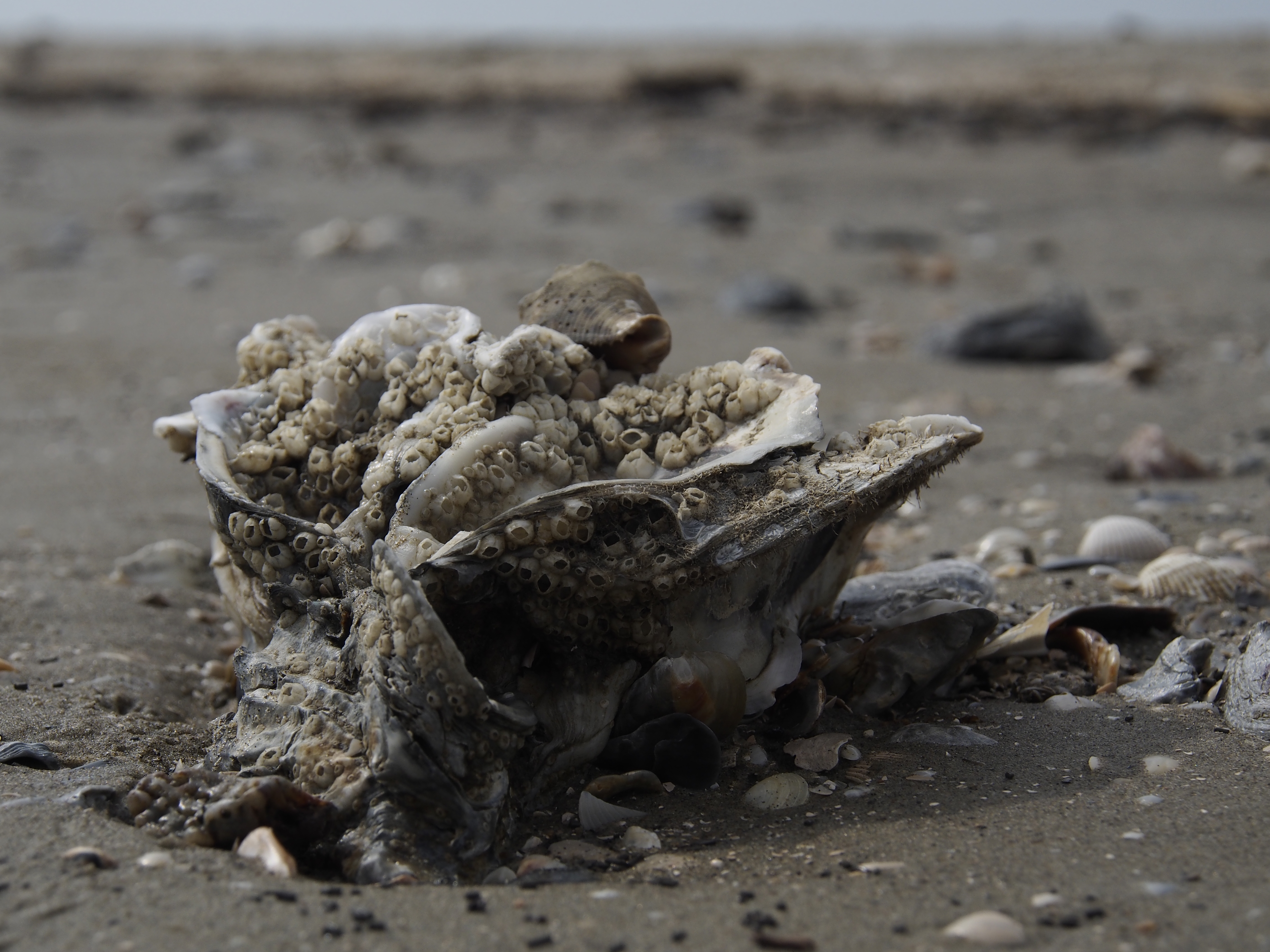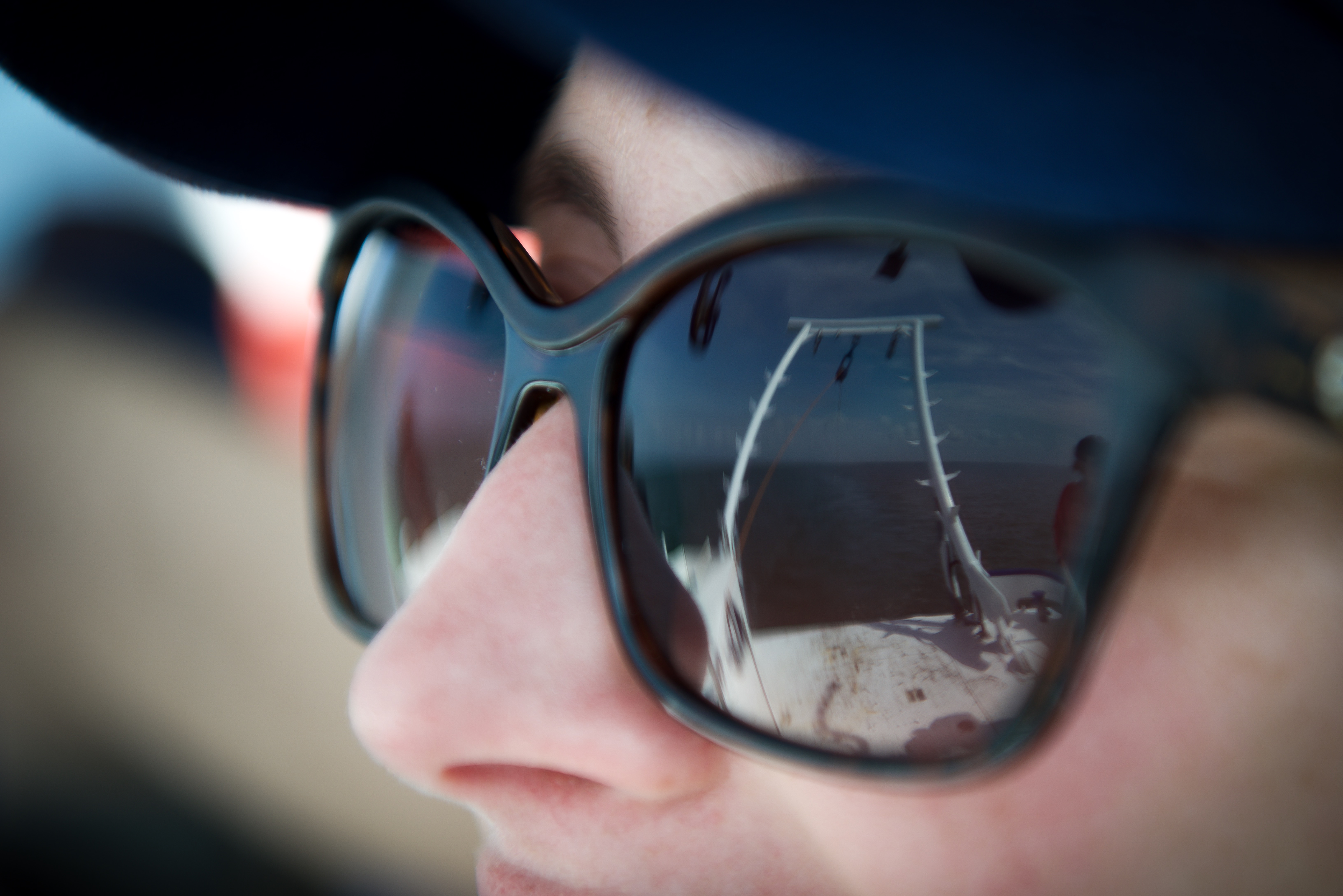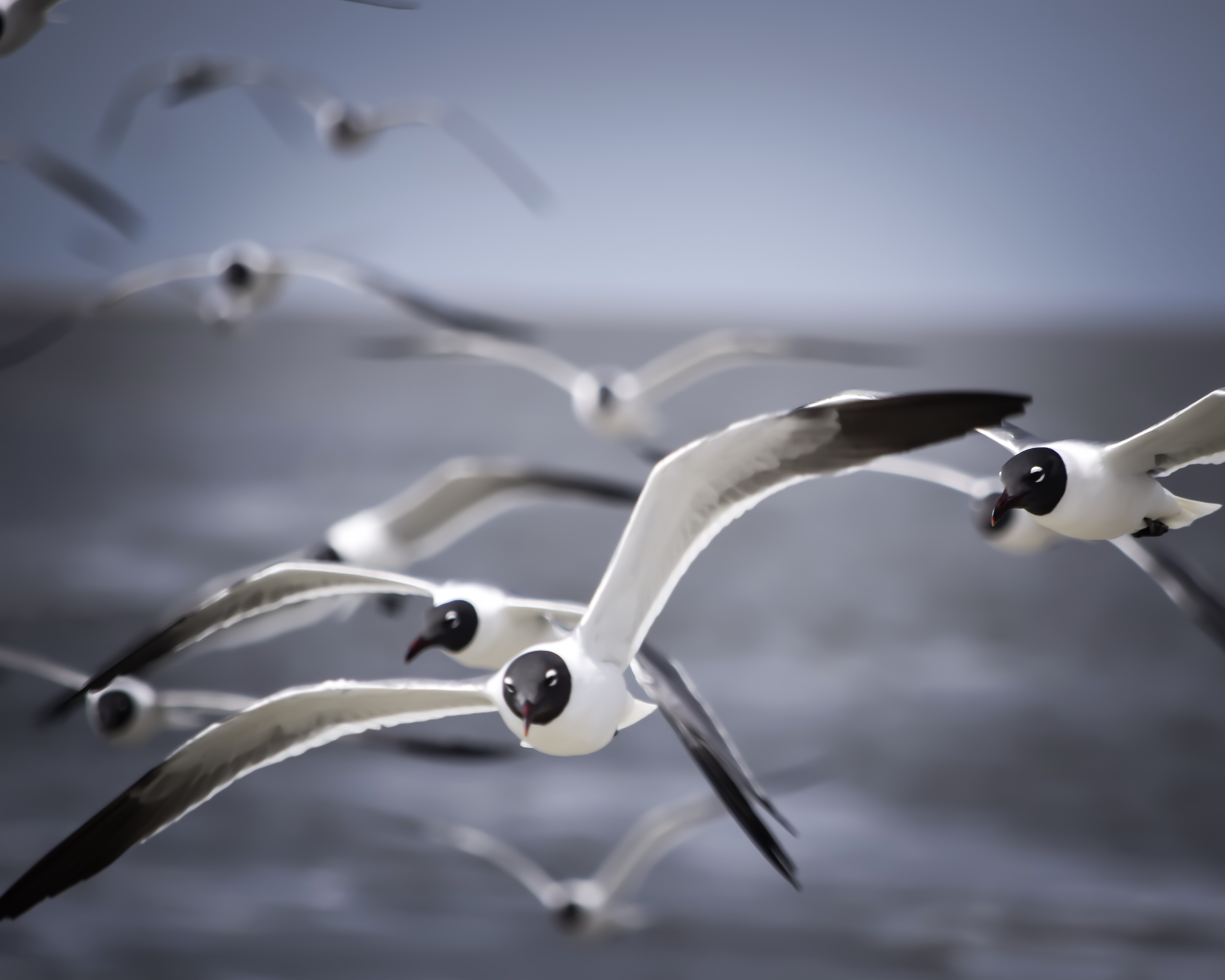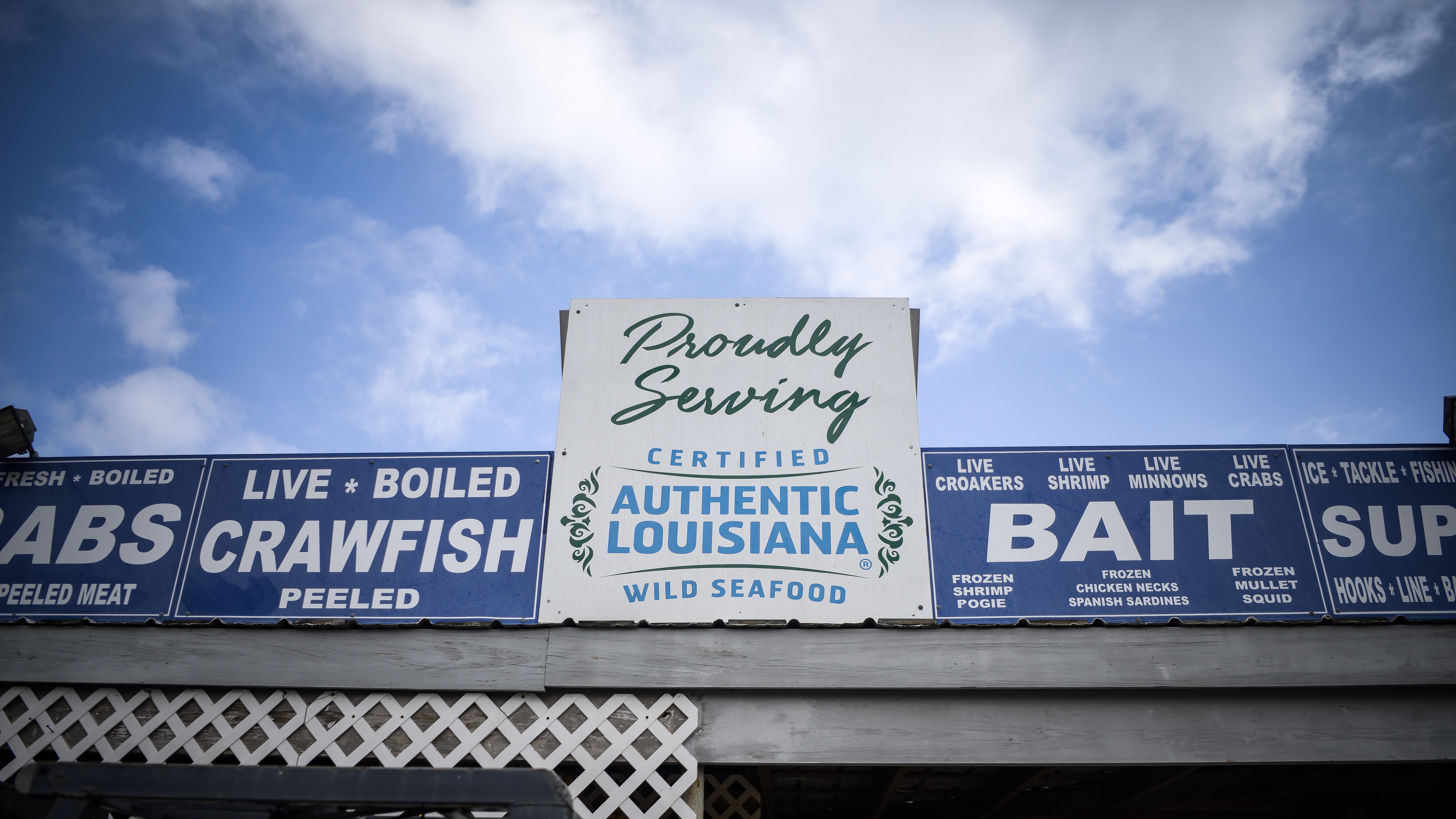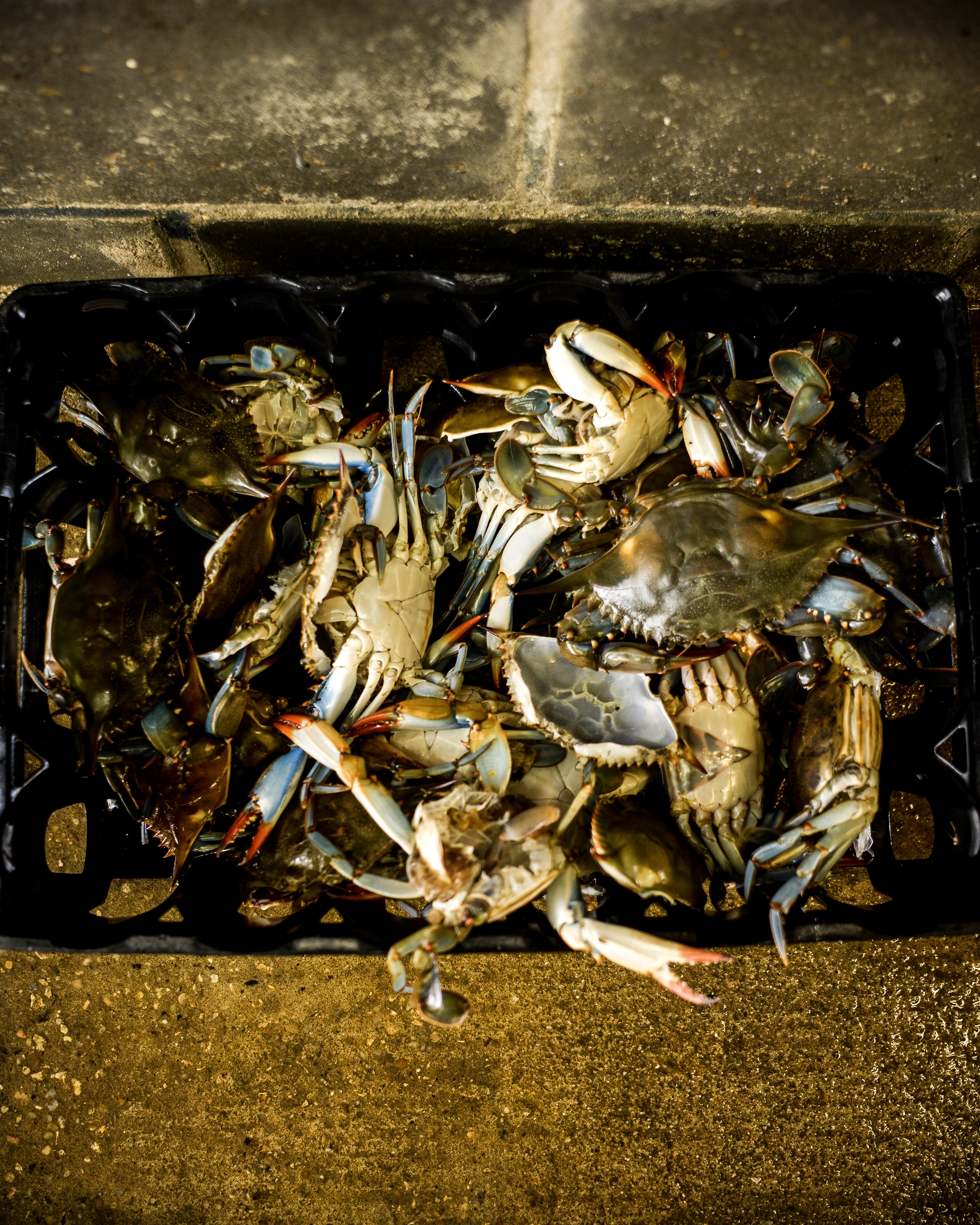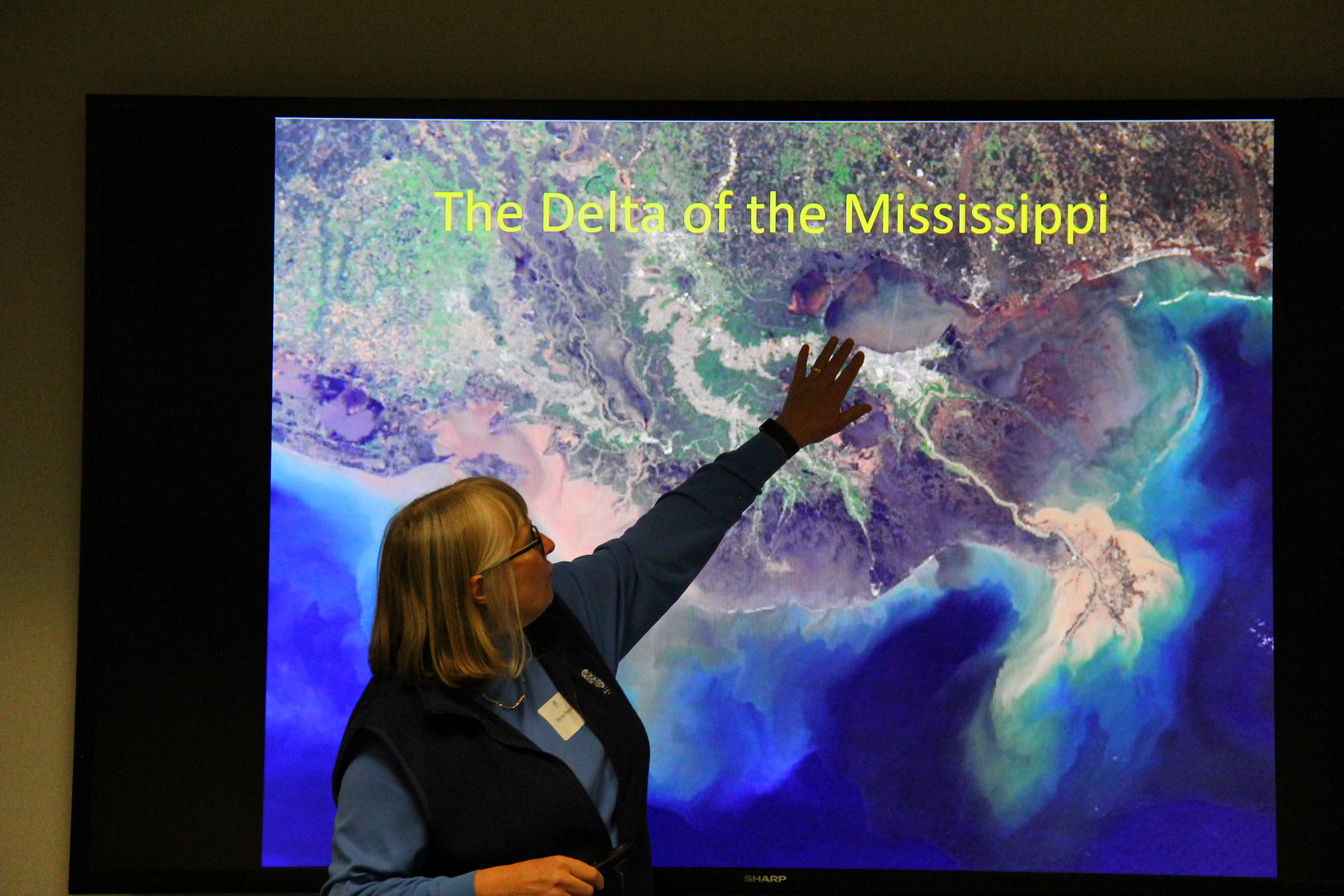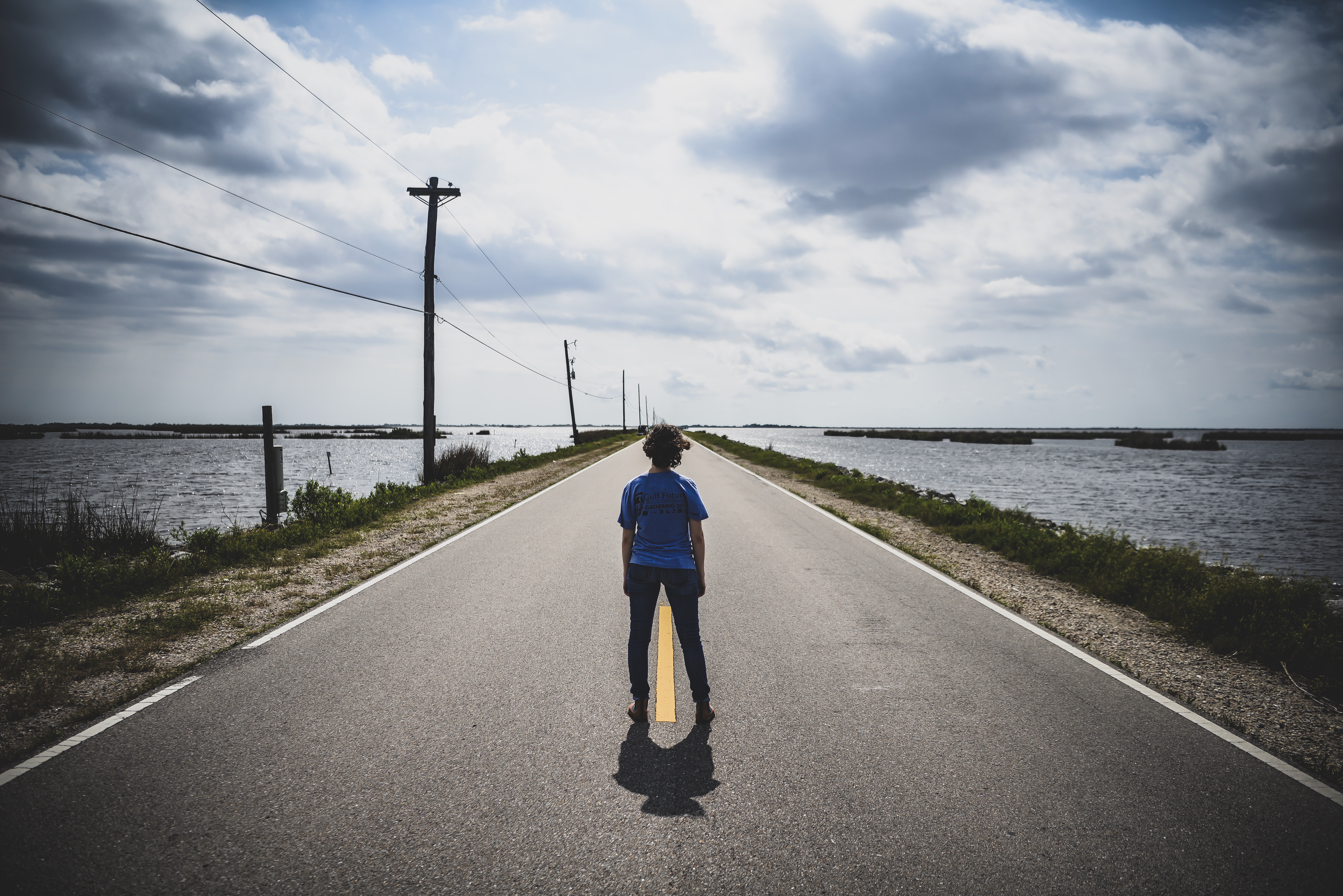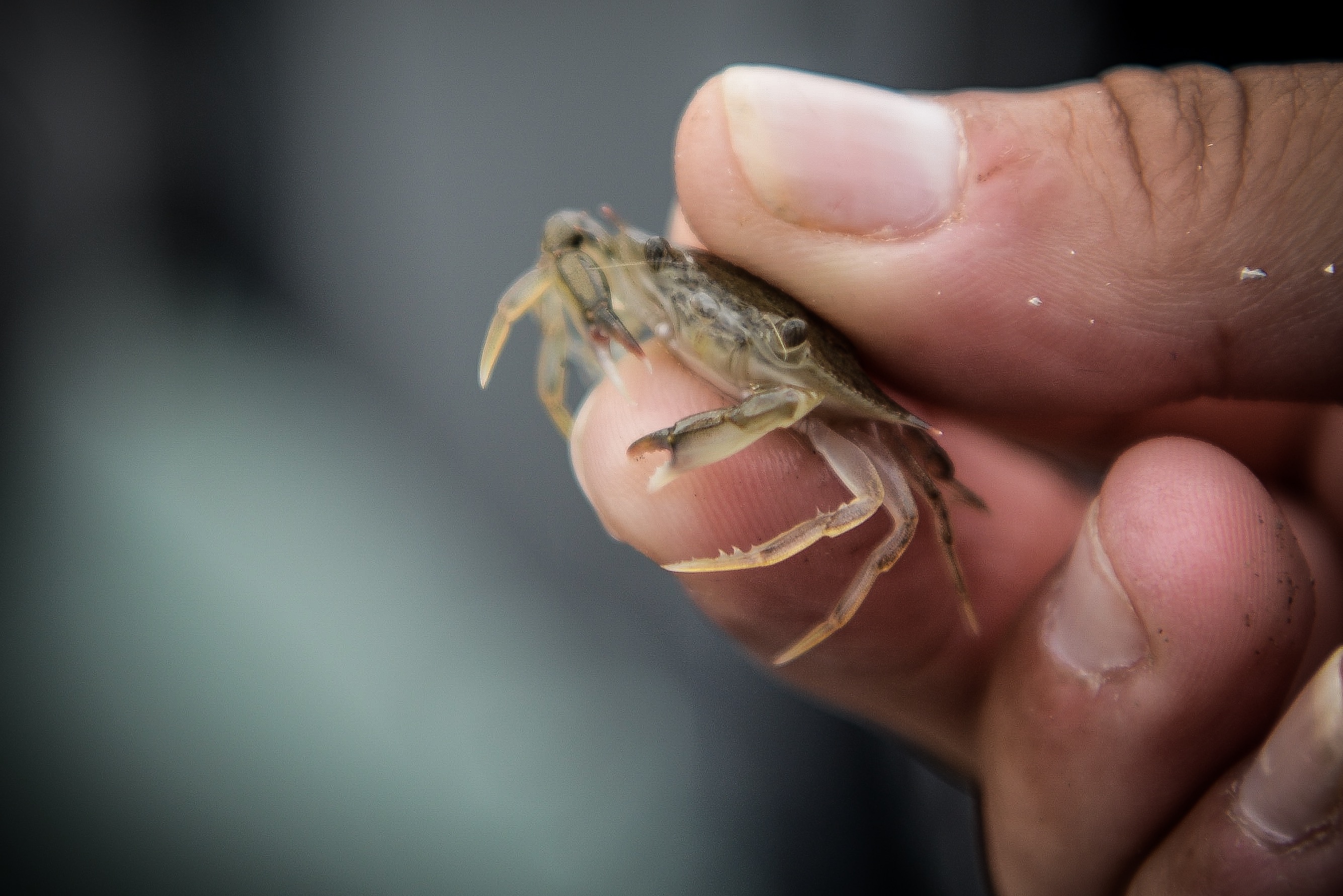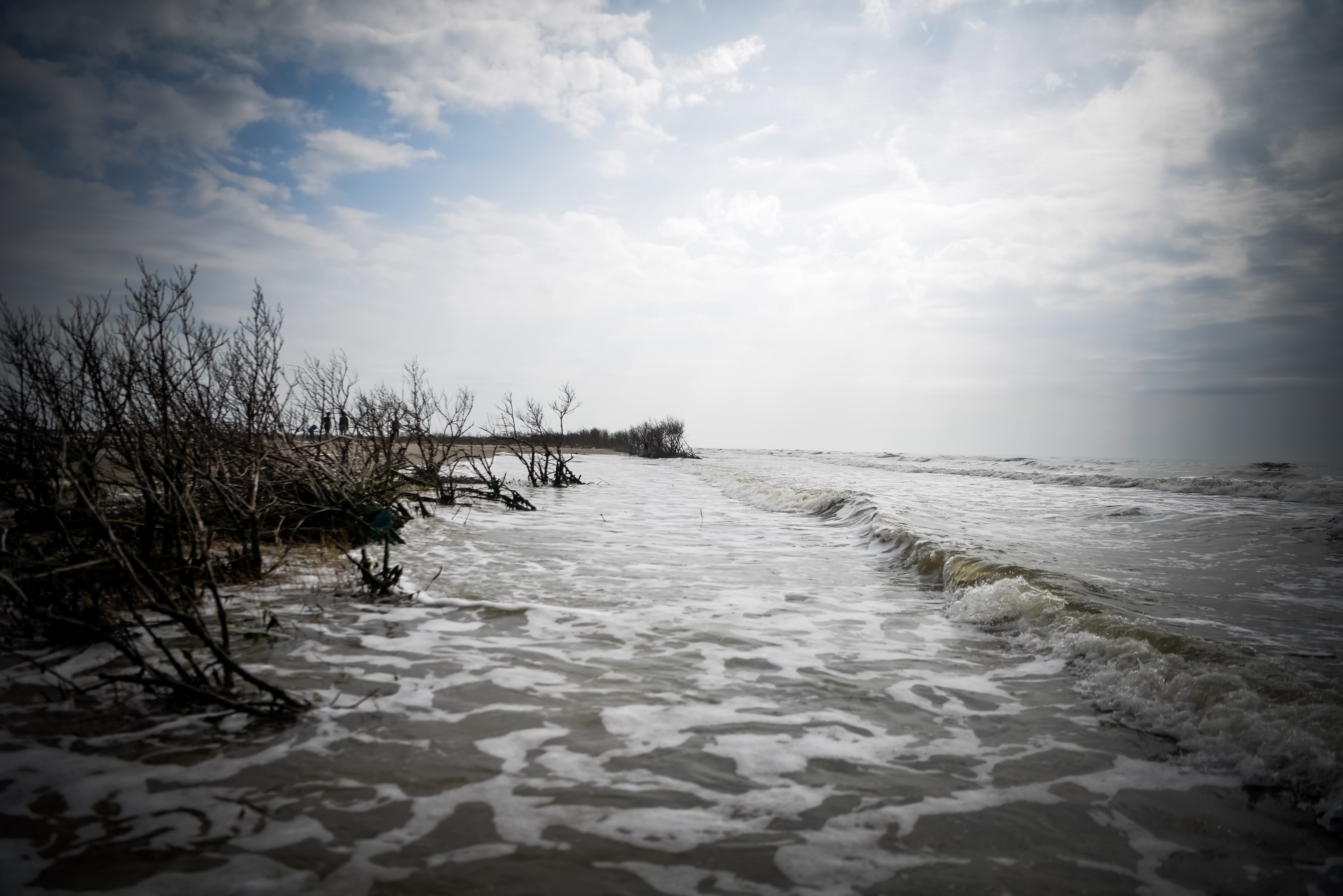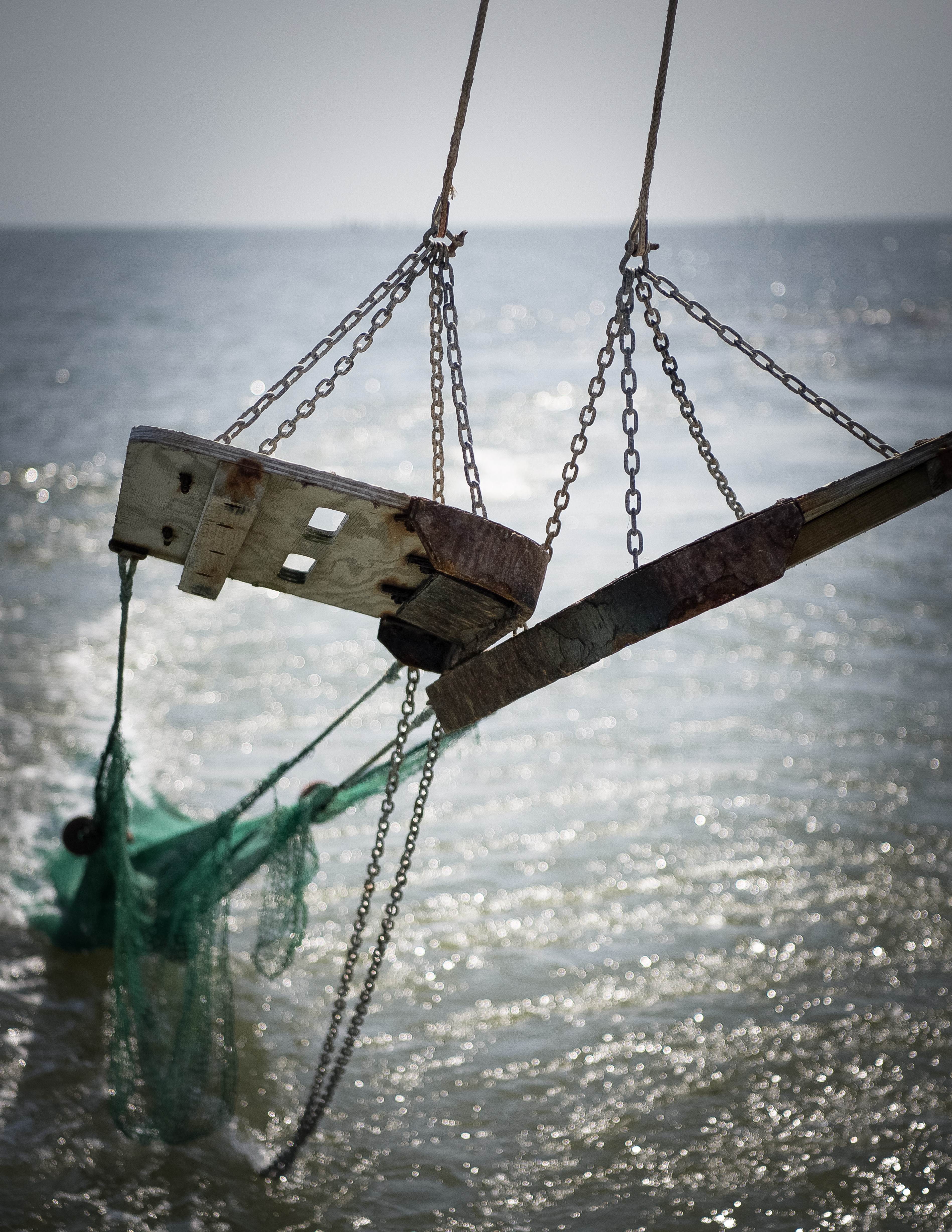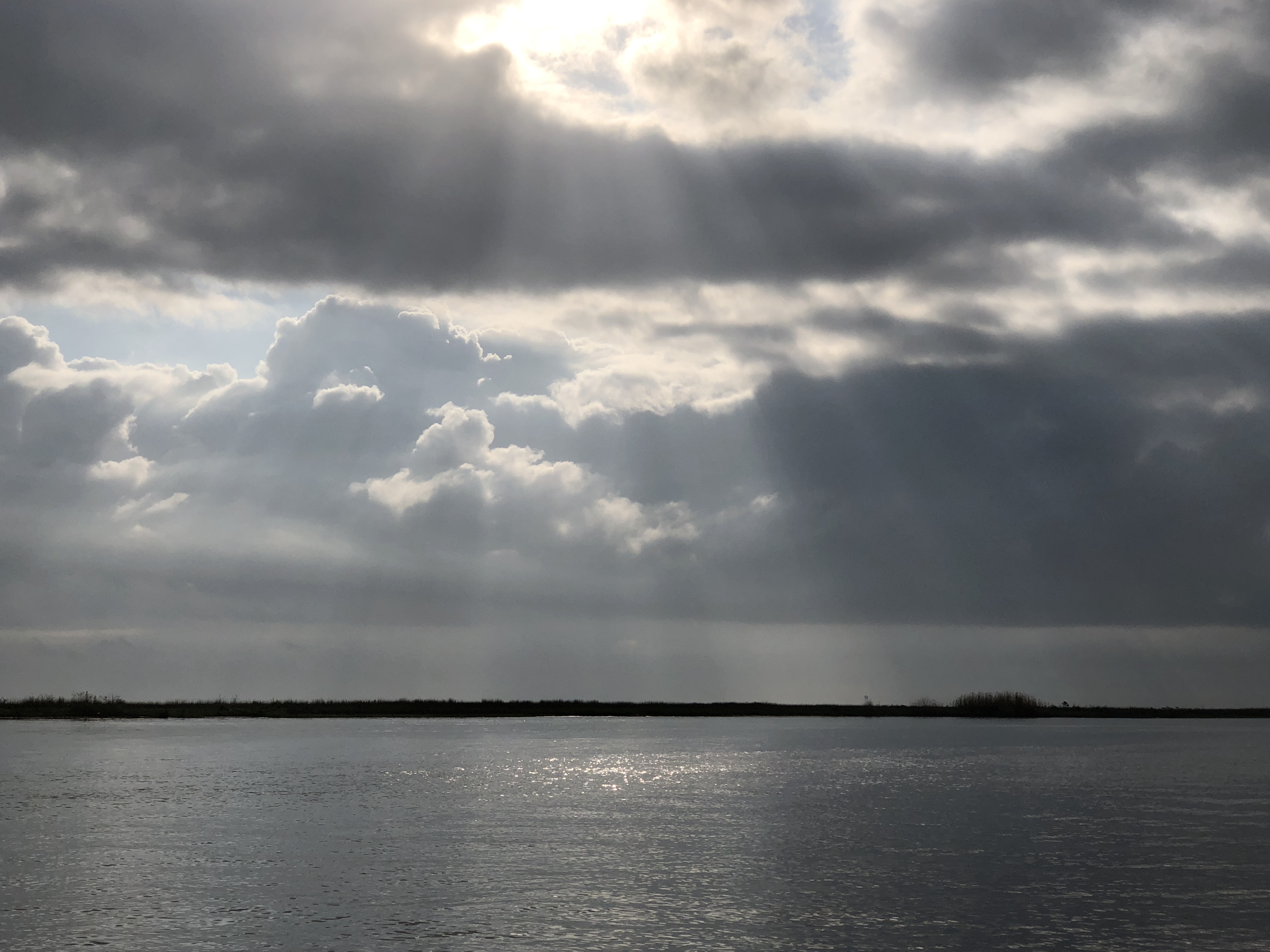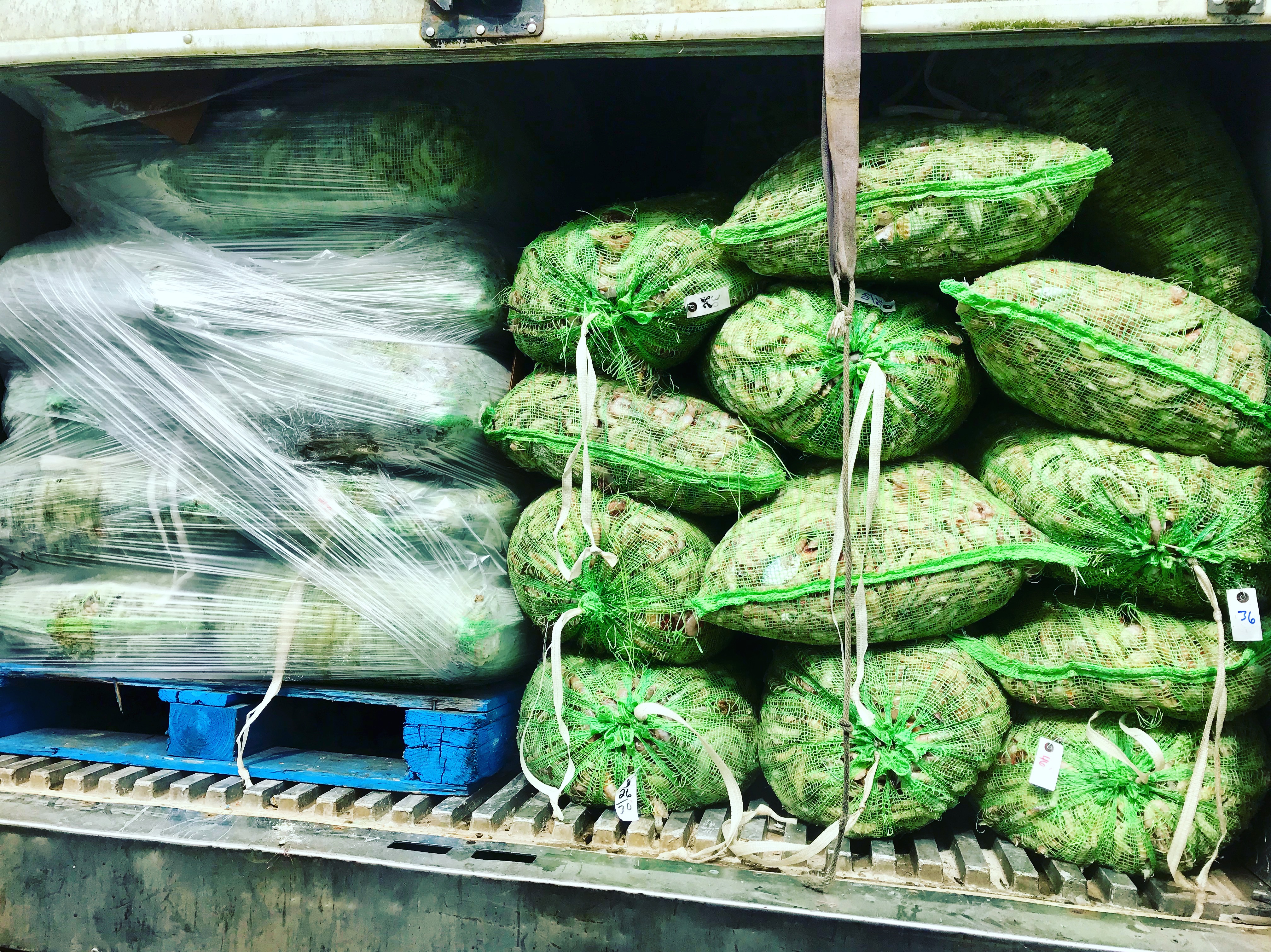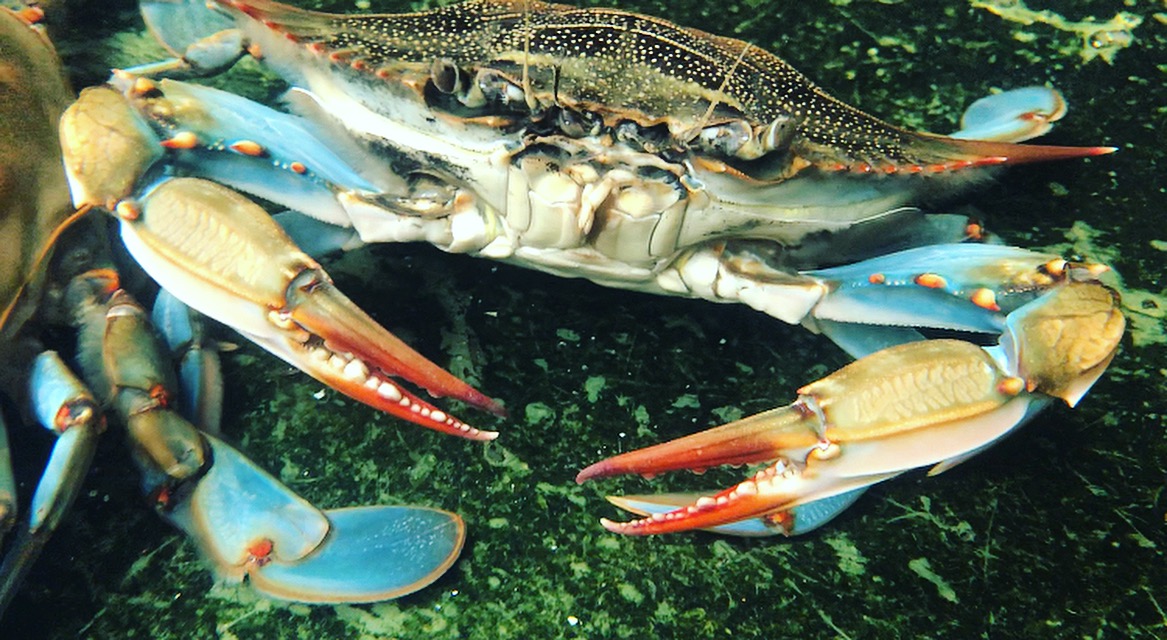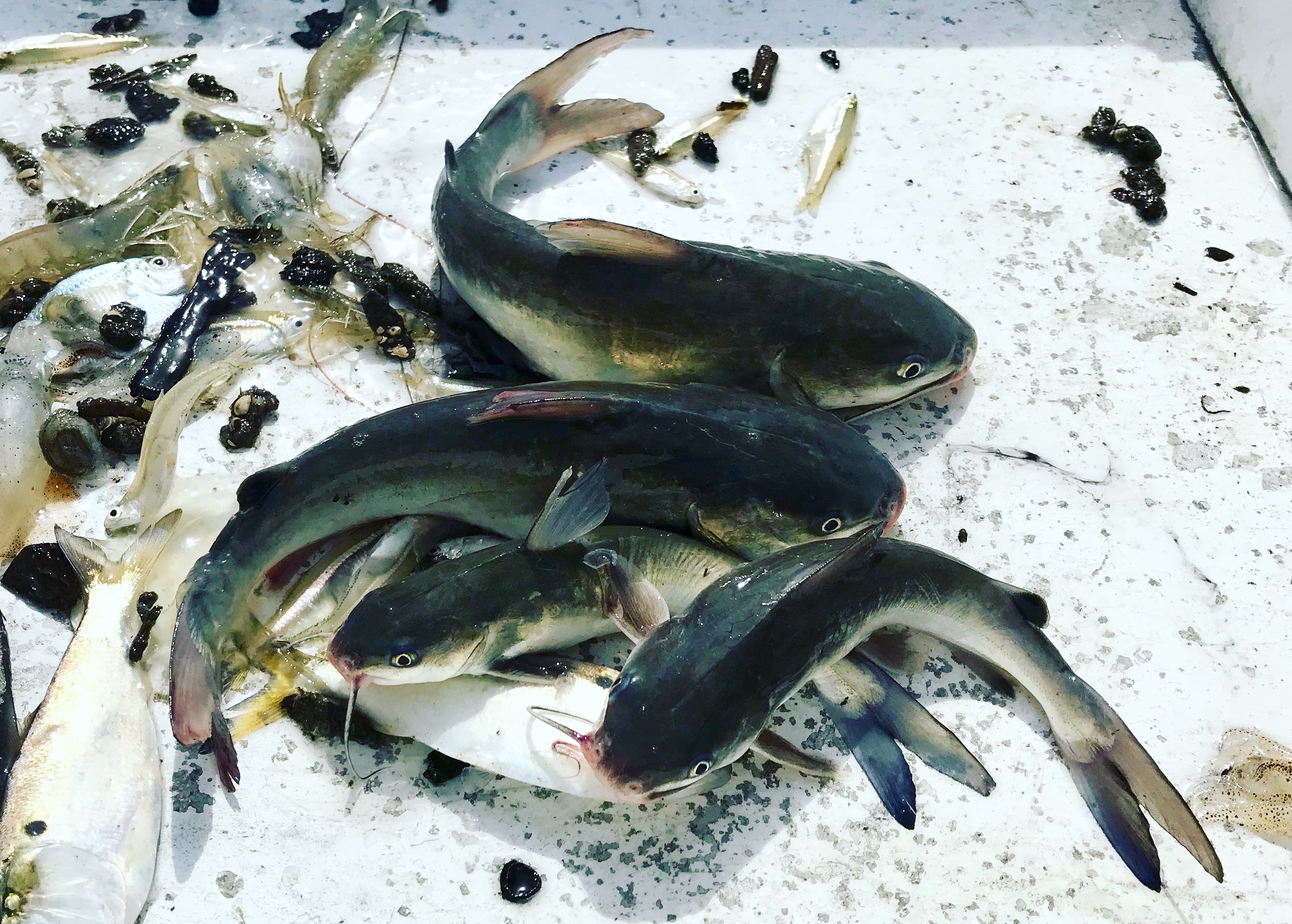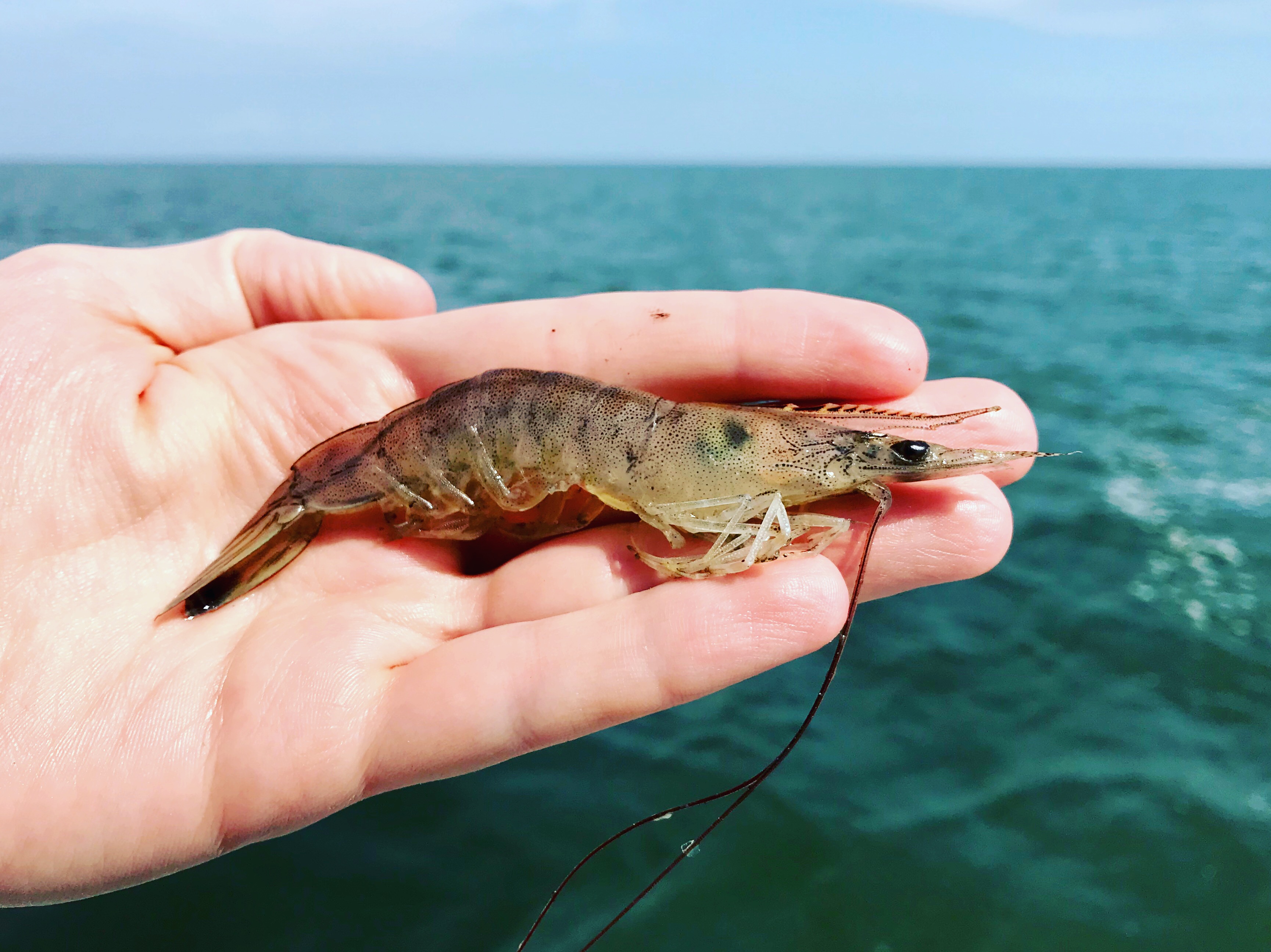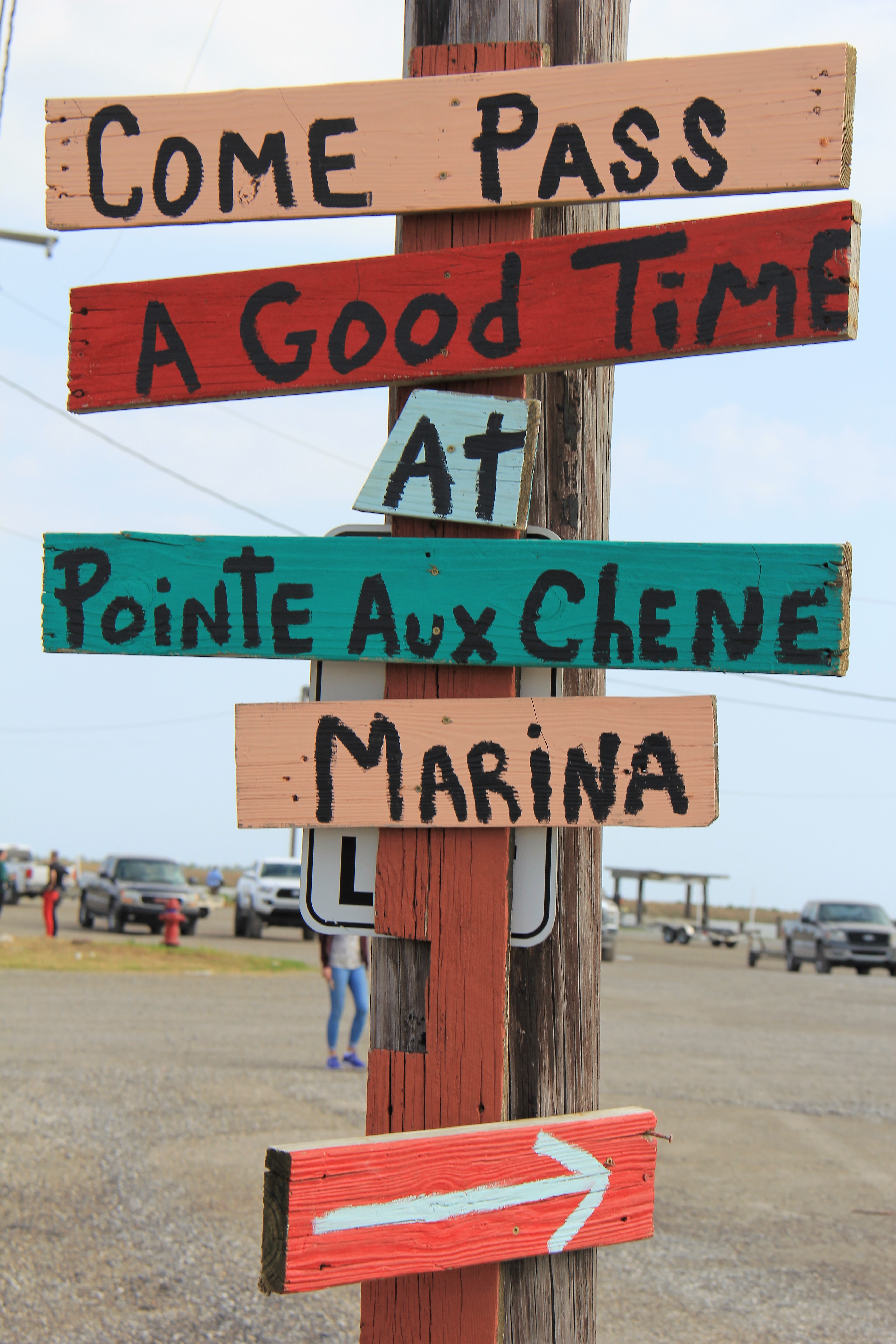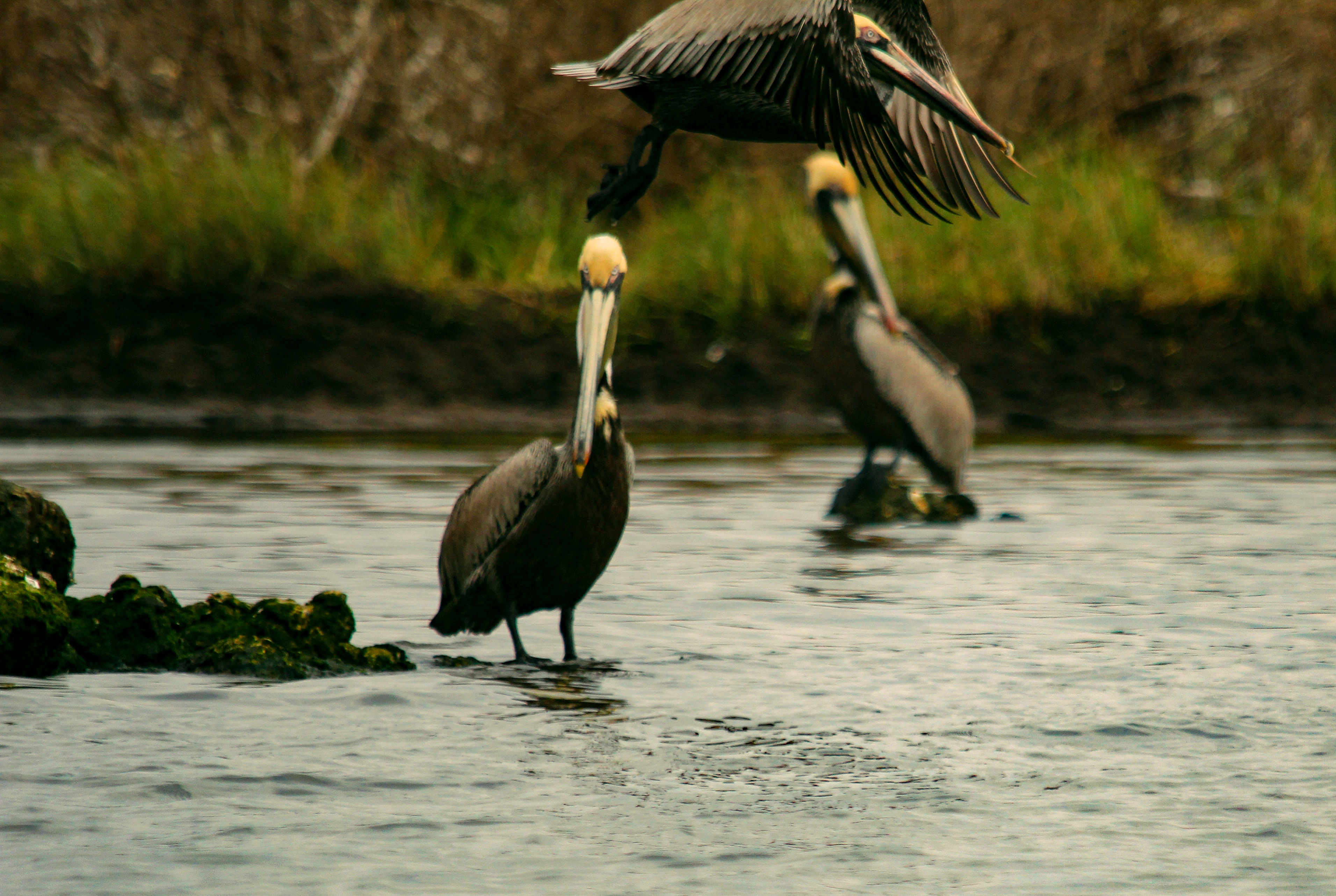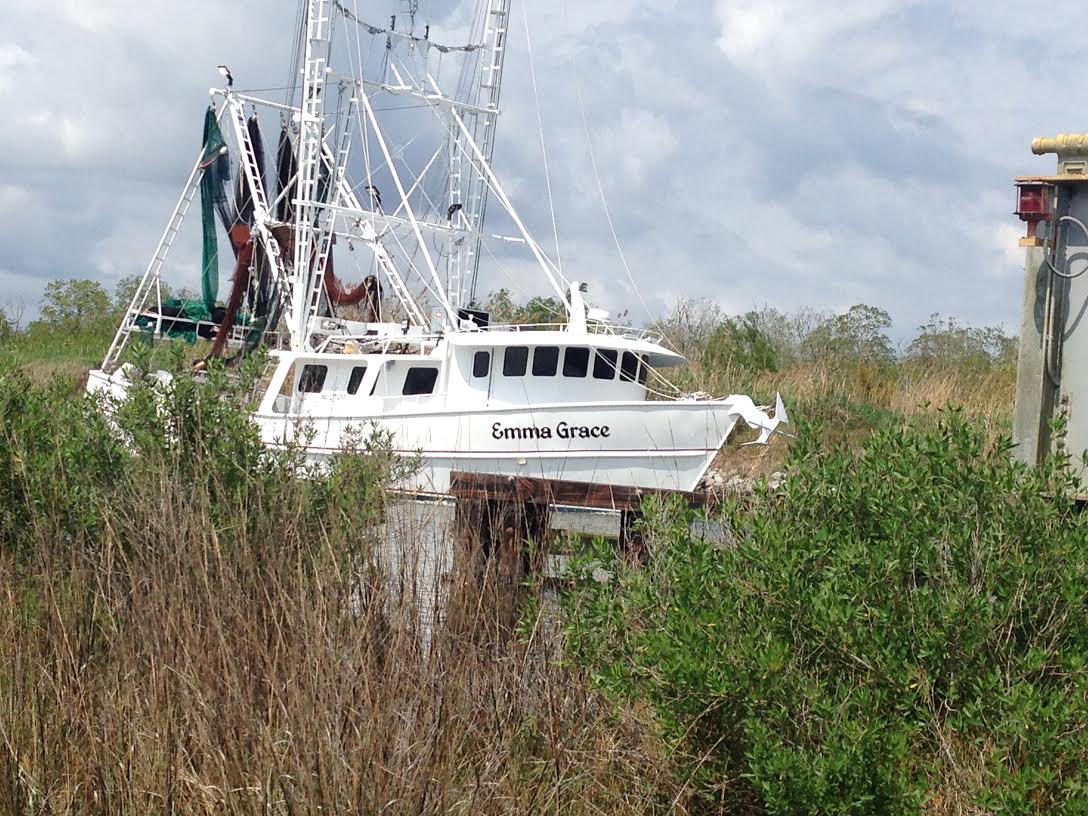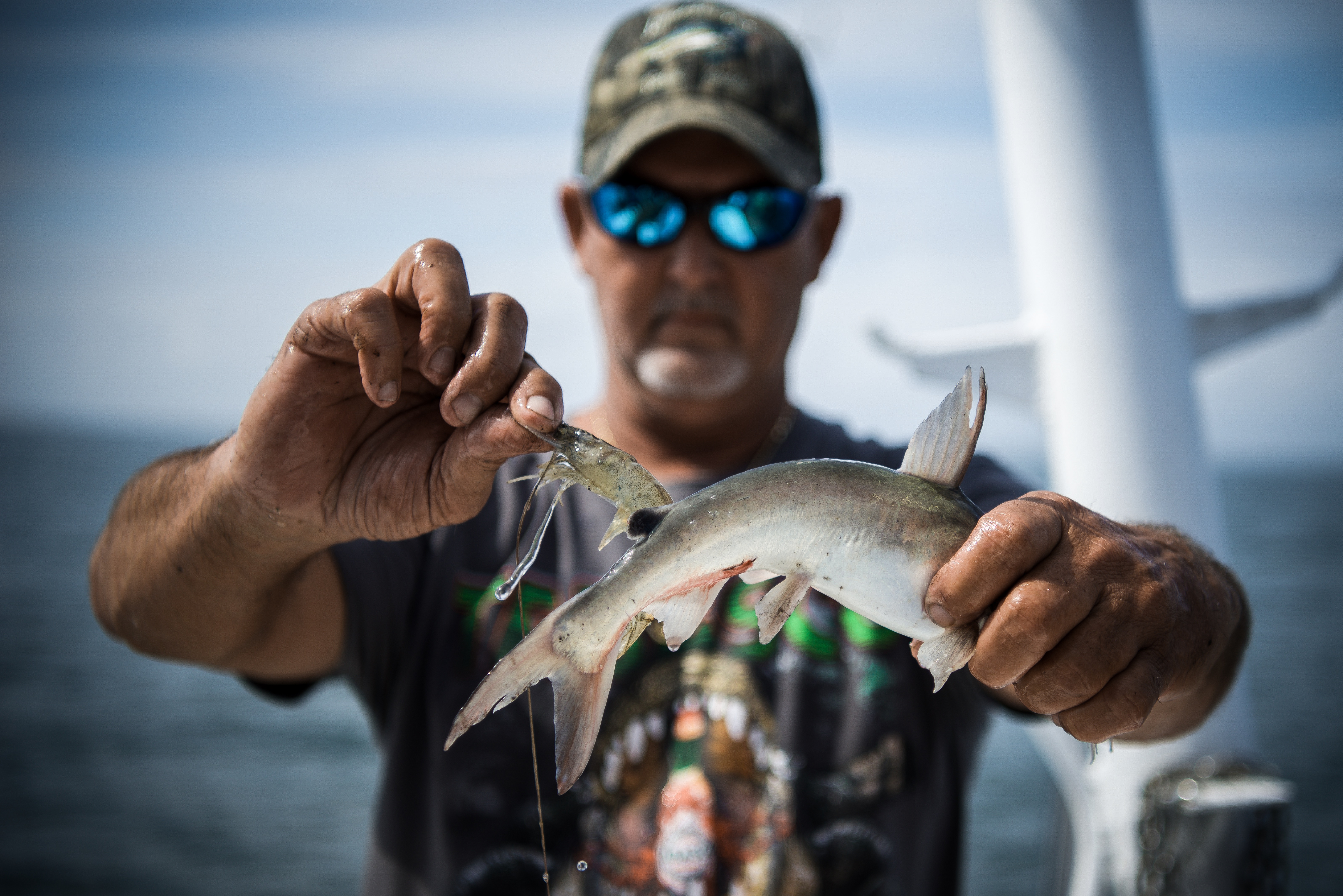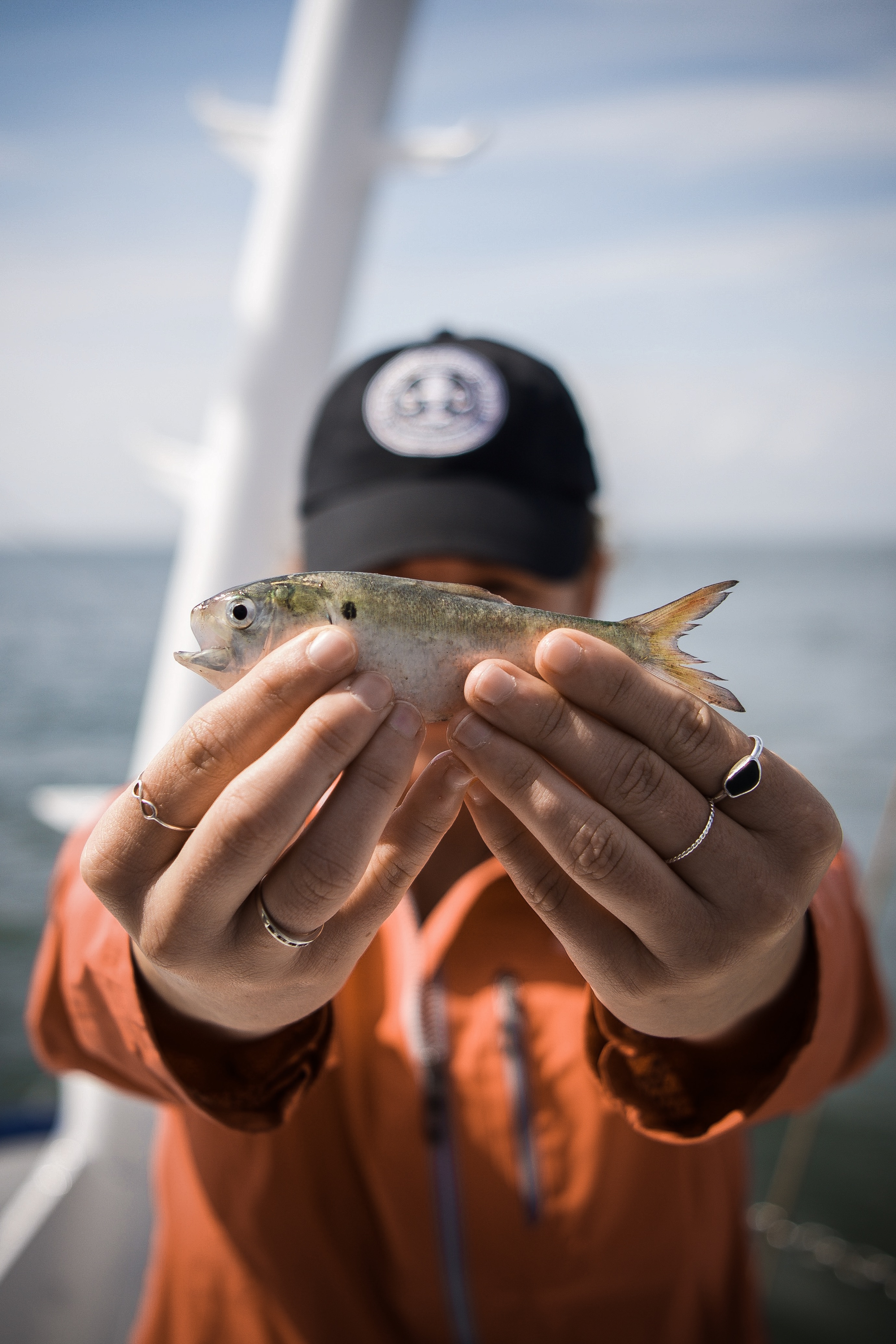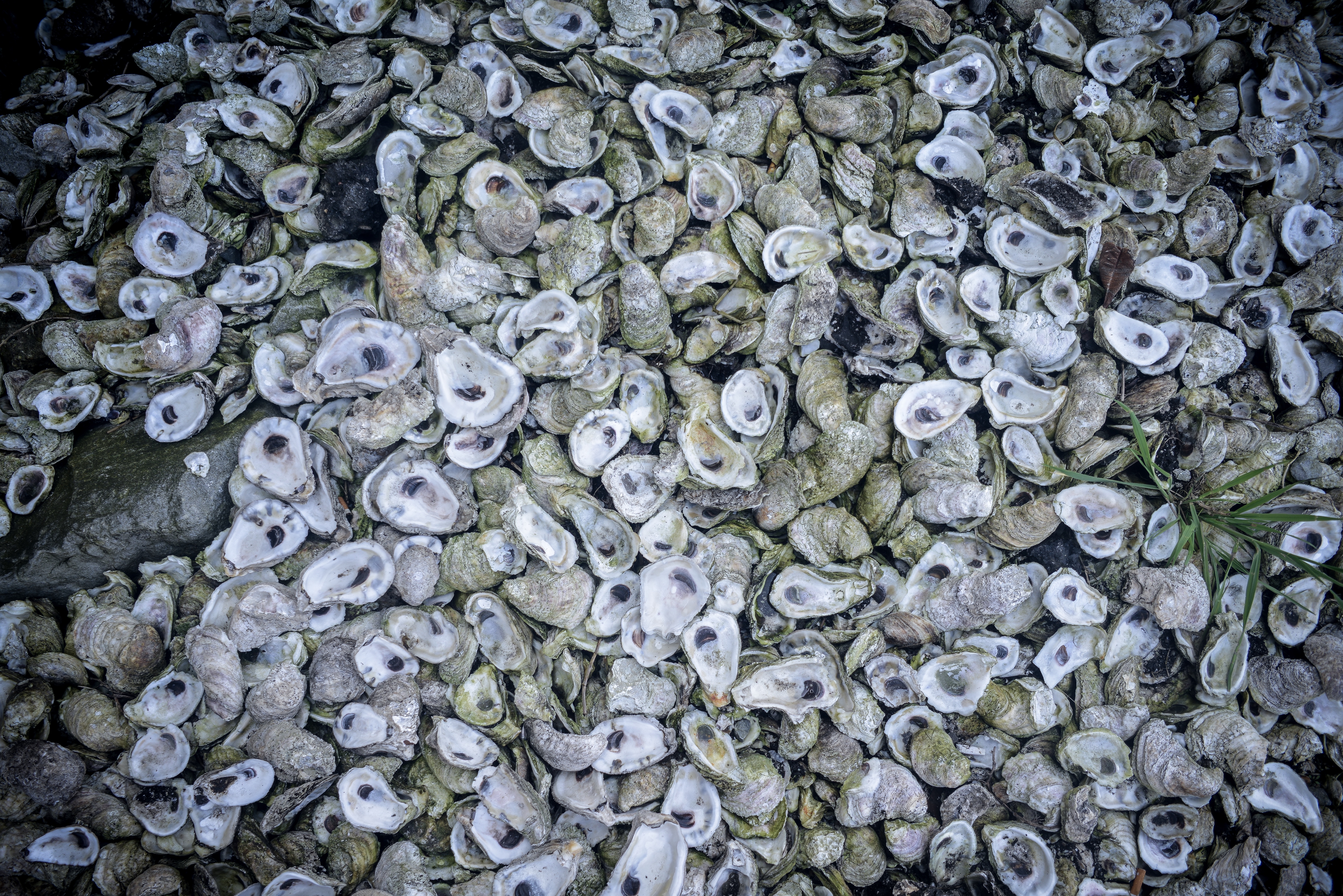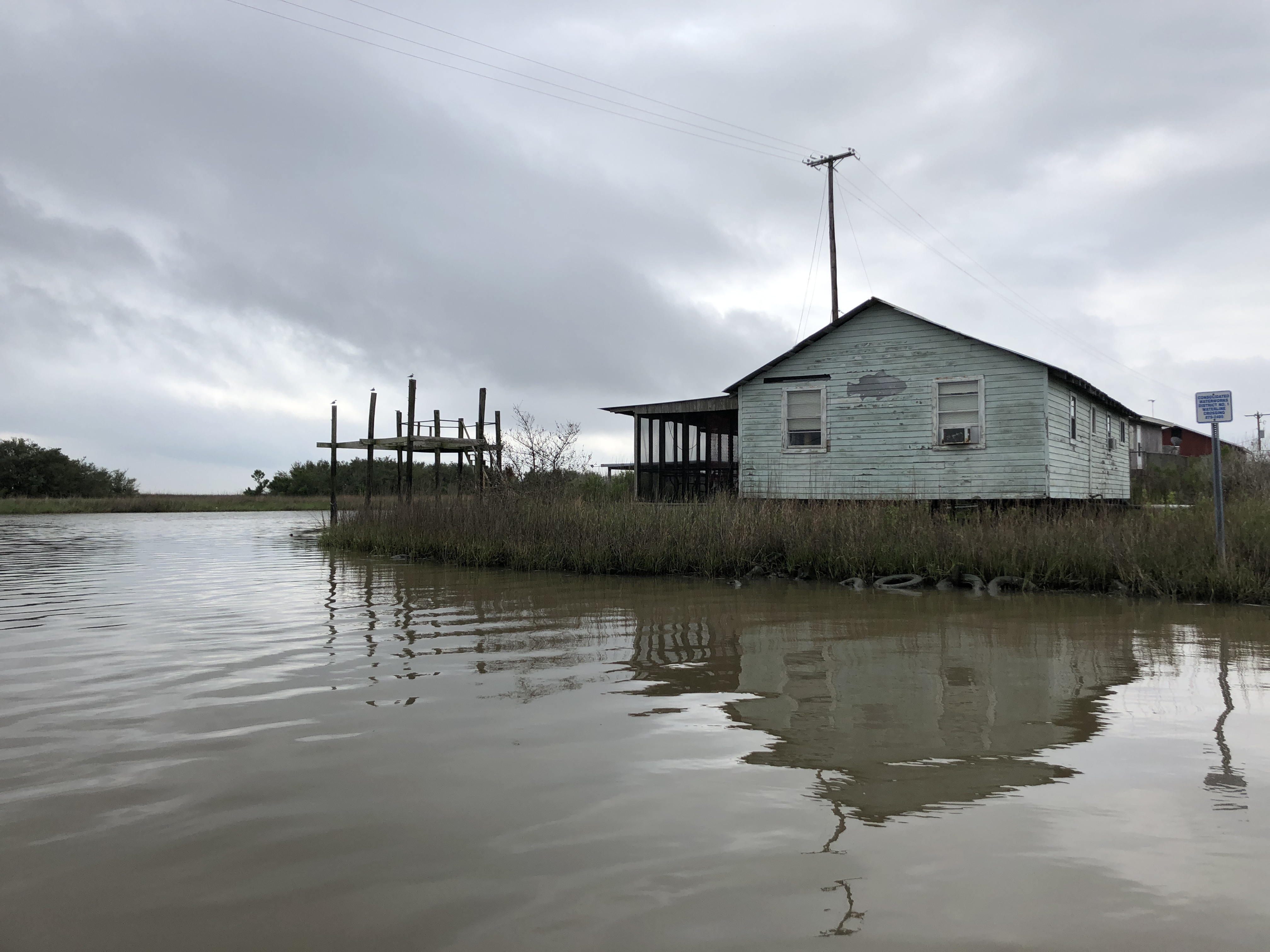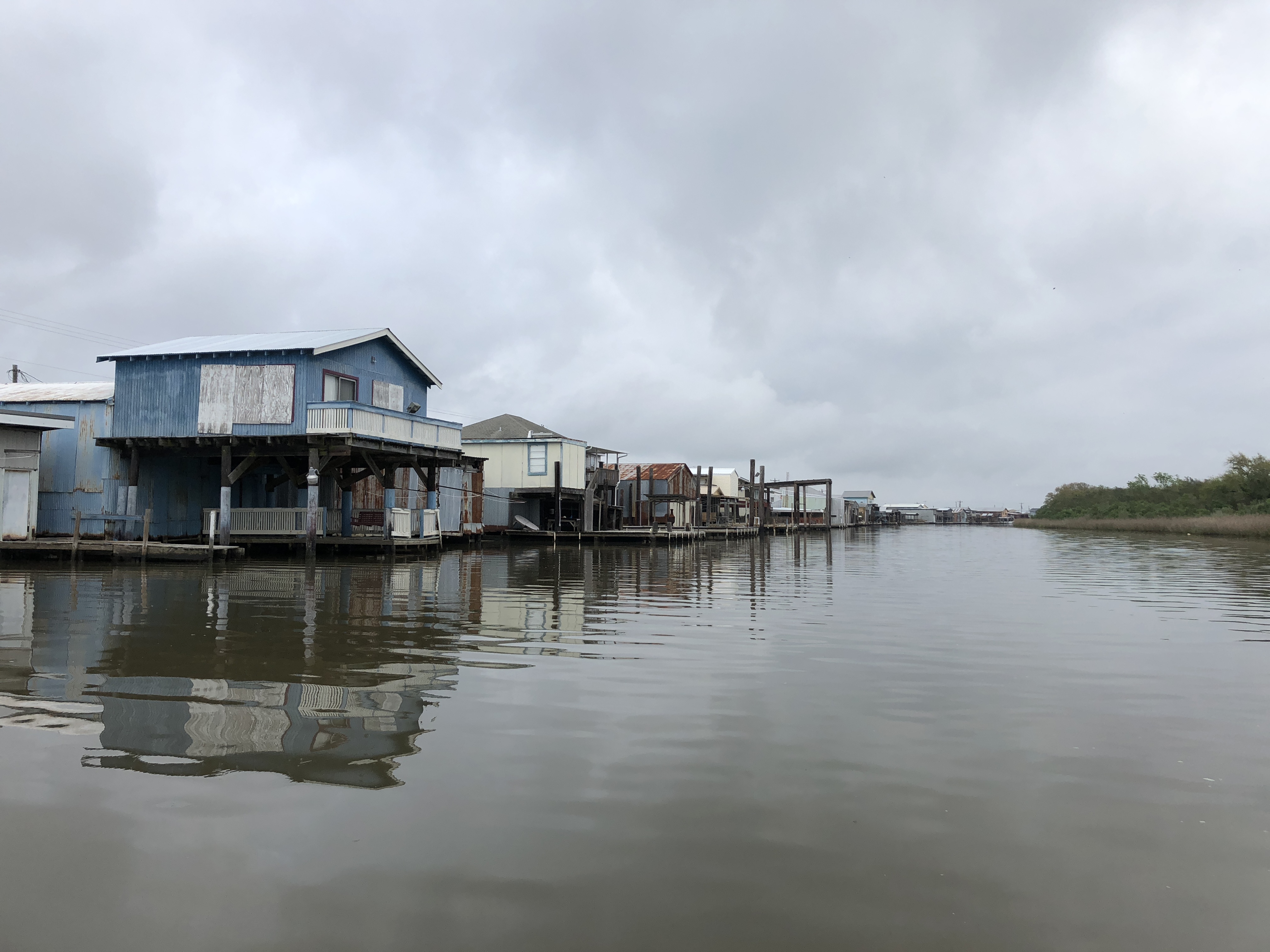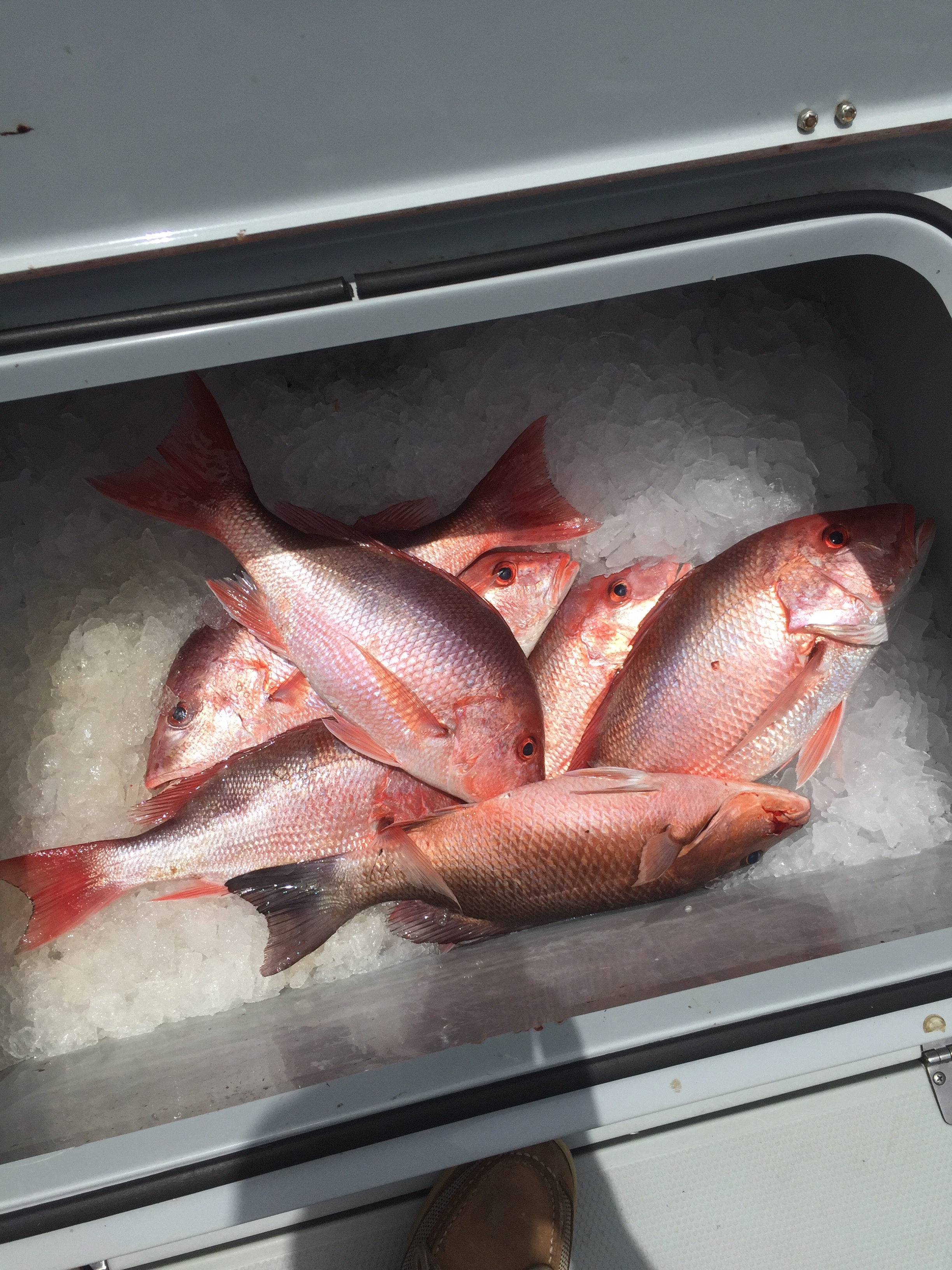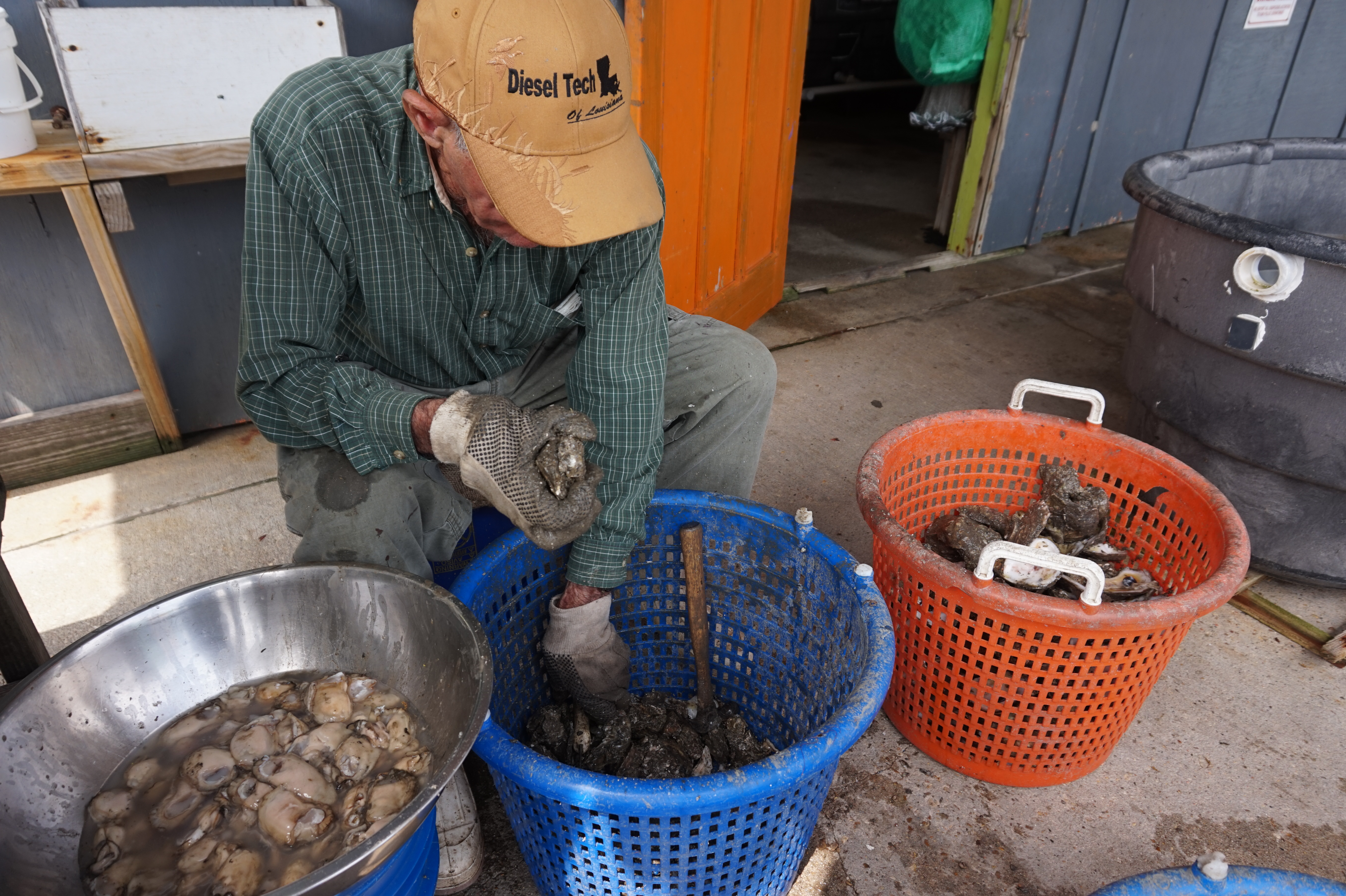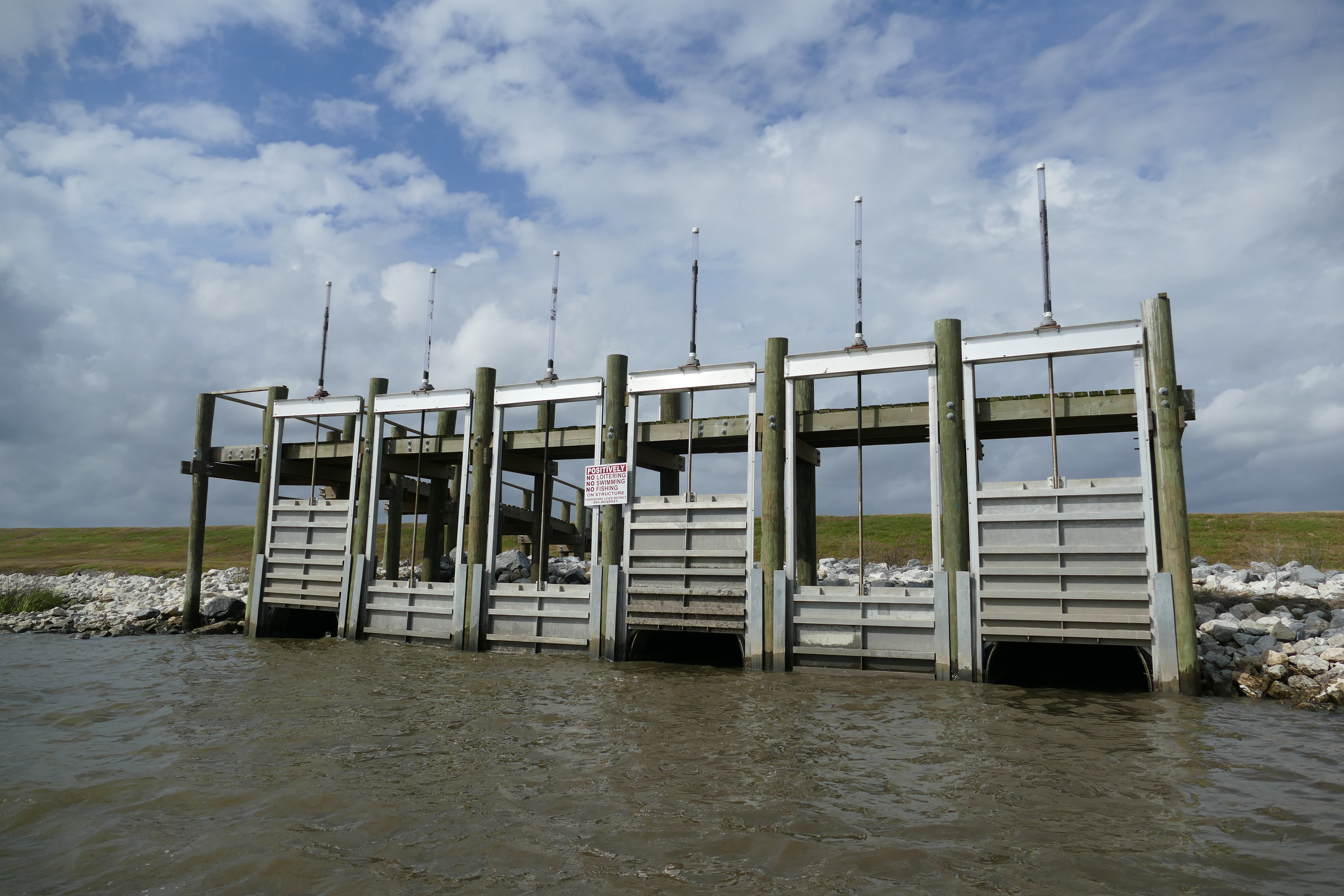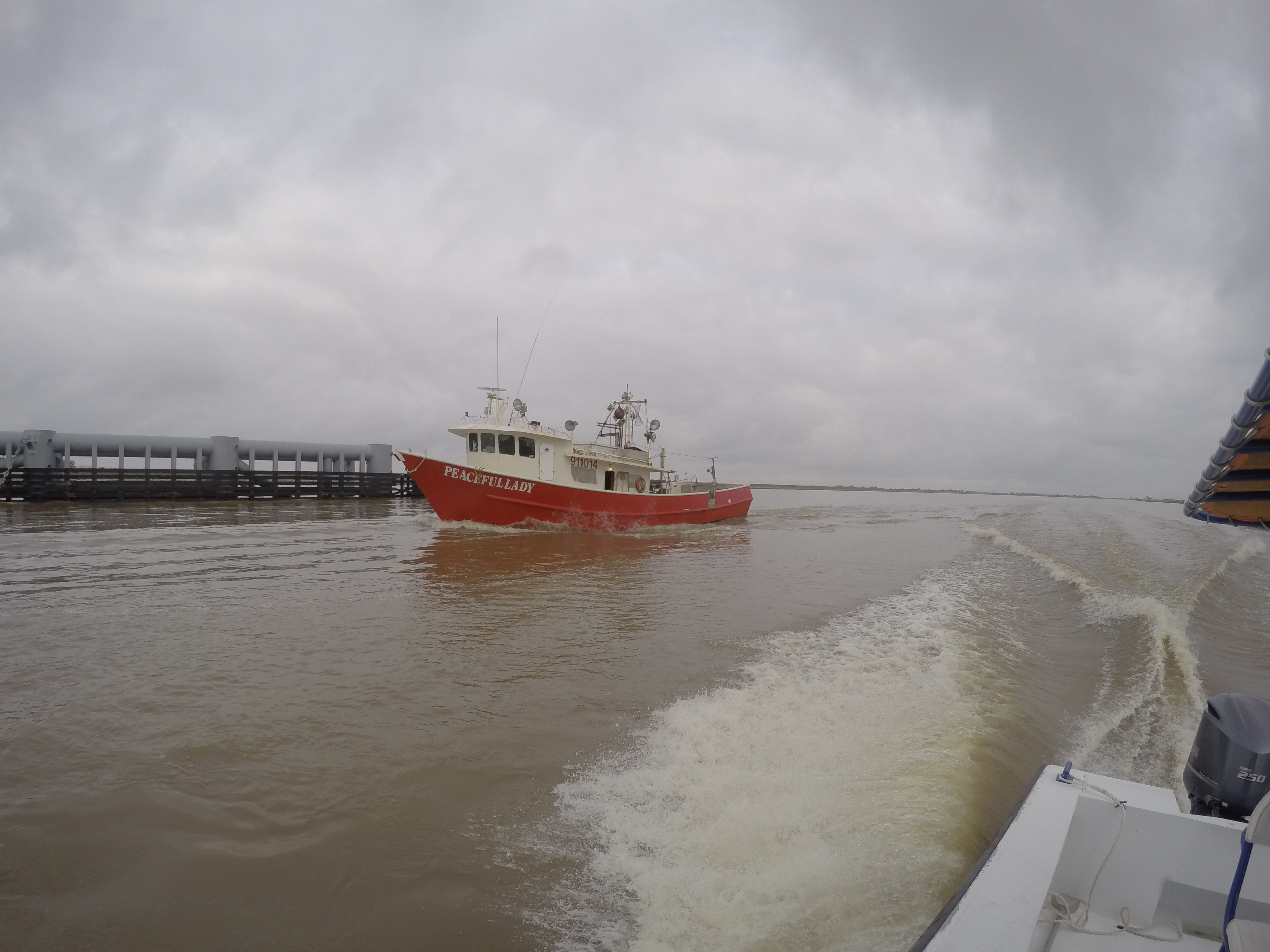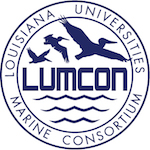 This blog post and photo slideshow was created during OCEANDOTCOMM, an ocean science communication event, and supported by the Louisiana Universities Marine Consortium (LUMCON) The theme of OCEANDOTCOMM was Coastal Optimism. Photos were contributed by our lead photographer, Rafeed Hussain/Ocean Conservancy, with additions from other OCEANDOTCOMM attendees, including Melissa Miller, Samantha Oester, Susan Von Thun, Solomon David, Rebecca Helm, and Alexander Havens.
This blog post and photo slideshow was created during OCEANDOTCOMM, an ocean science communication event, and supported by the Louisiana Universities Marine Consortium (LUMCON) The theme of OCEANDOTCOMM was Coastal Optimism. Photos were contributed by our lead photographer, Rafeed Hussain/Ocean Conservancy, with additions from other OCEANDOTCOMM attendees, including Melissa Miller, Samantha Oester, Susan Von Thun, Solomon David, Rebecca Helm, and Alexander Havens.
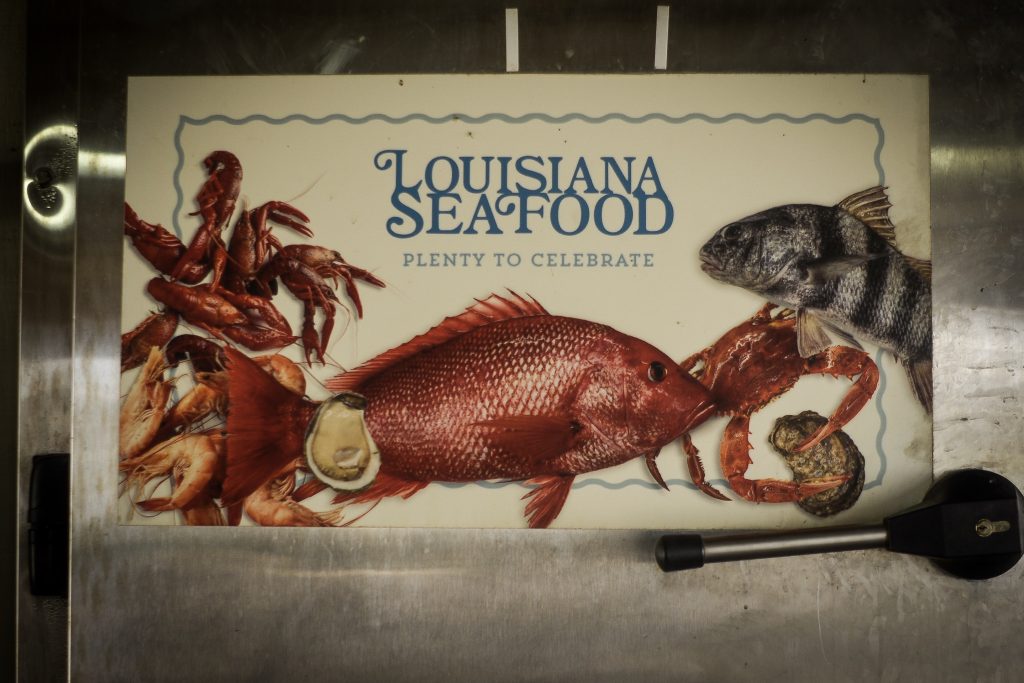
In many ways, South Louisiana is seafood- a trip here isn’t complete without eating some gumbo, oysters, or crawfish. Only one state (Alaska) lands more seafood than Louisiana’s 1.2 billion pounds a year (as of 2016). As of 2008, one in 70 jobs in the whole state is tied to fishing or related industries. According to the Louisiana Seafood Marketing and Promotion Board, “when you choose Louisiana seafood, you’re ensuring that your purchase benefits an American community and a way of life.”
When we visited Terrebonne Parish, home to nearly 20 percent of all commercial fishing license holders in Louisiana, we found that fishing means more to the people of this community than food and jobs. Here in South Louisiana, fishing is a vital part of the vibrant local culture and community pride. In a region that’s been devastated by hurricanes and oil spills, fishing is also a source of something more important: hope.
Below, you’ll hear what fishing means to South Louisiana’s fishing communities through the voices of a former shrimper, the owner of a grocery store that has served the town of Chauvin for more than a century, and representatives of a local Native American tribe. You’ll also get a glimpse into this beautiful part of the world through a photo slideshow. Together, this paints a picture of communities that have overcome unimaginable struggle, but still look forward to the future, in no small part because of the riches of the sea.
Carl Sevin
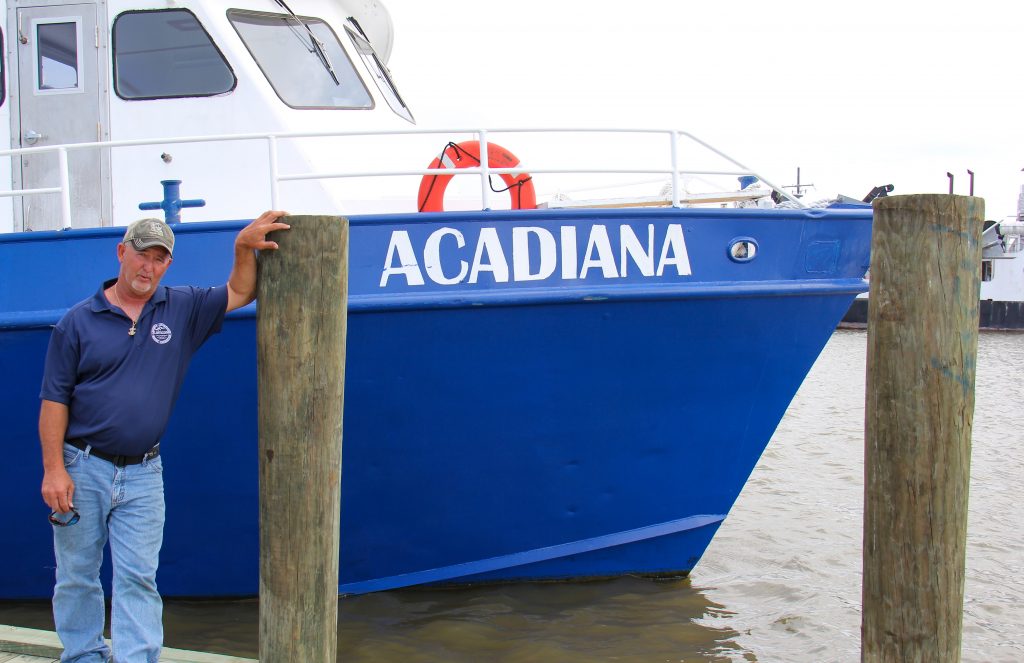
Captain Carl Sevin is a third generation shrimper, and has lived his whole life in South Louisiana. He now works for LUMCON as a captain of one of the research vessels. “I was a commercial fishermen my whole life,” Carl said. “I still consider myself a fishermen. I’m just fishing for science now. I shrimped my whole life, but the only way you can see shrimp larvae is under a microscope. I didn’t know that until I started working at LUMCON!”
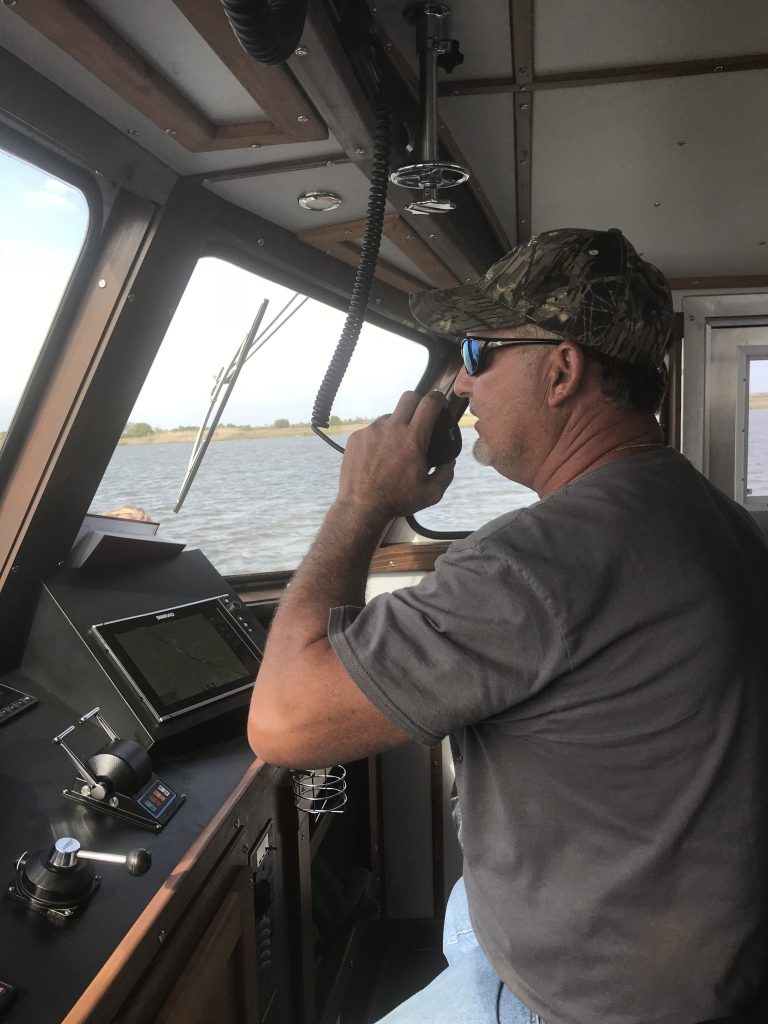
Carl loves spending time on the water. “It’s something I’ve always loved to do,” he explained. “I was born and raised on the water. Living here, I get to go on the water any day I want. I love being on a boat; I love fishing. I never want to leave southern Louisiana.”
Many of Carl’s family members and neighbors still work as commercial fishermen, some owning and operating their own shrimp boats as a family. “That’s what they want to do with the rest of their lives,” he said. “All of my buddies and family shrimp. We wanted to shrimp, that’s all we wanted to do. My dad tried working in an oil field, made it five days. South Louisiana is definitely for commercial fishing.”
Though many fisheries sectors are struggling to recruit young fishermen, Carl says that isn’t the case for the Louisiana shrimp fishery. “There’s a bunch from the next generation, they’re real young,” Carl remarked. He credits some of their success to improved refrigeration technology that lets boats stay at sea for longer, as well as an impressive work ethic. “They just grind, they shrimp and shrimp and shrimp and shrimp,” he said.
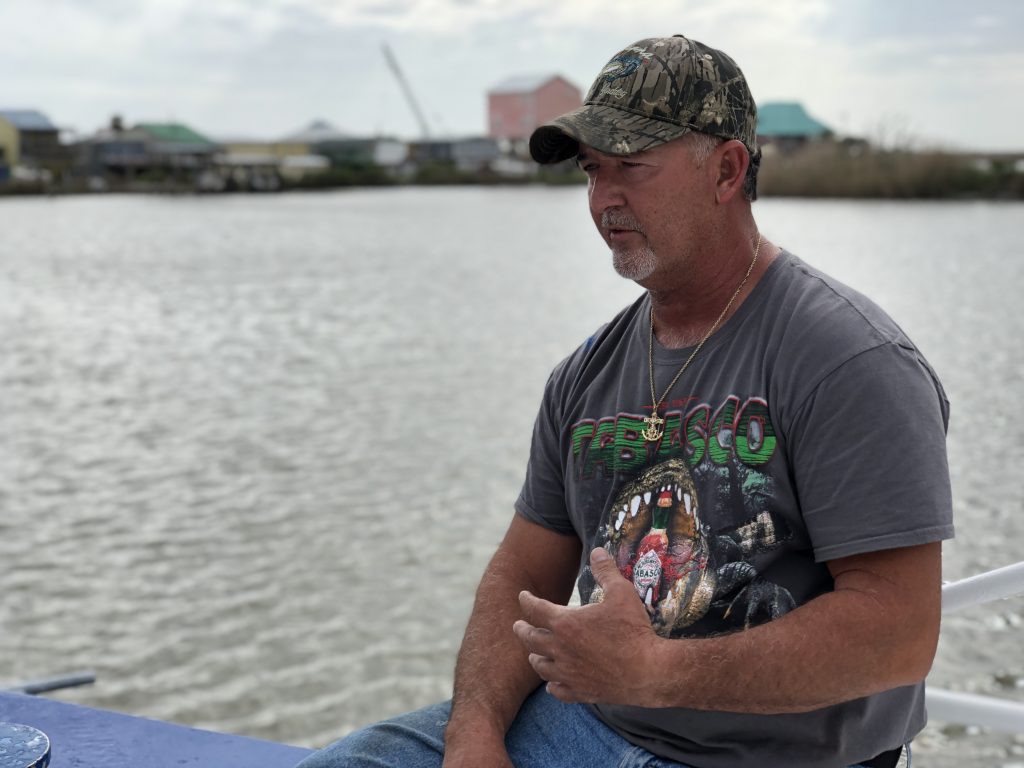
Carl pointed out that Louisiana commercial fisheries face many challenges, chiefly the lower price of imported shrimp. “When I was a kid we were getting maybe $13 a pound for shrimp, now we get maybe $2 a pound,” he recalled. “It’s hard to make a living selling at the dock to wholesalers, but if I sold directly to people I could make money.”
Cecil Lapeyrouse
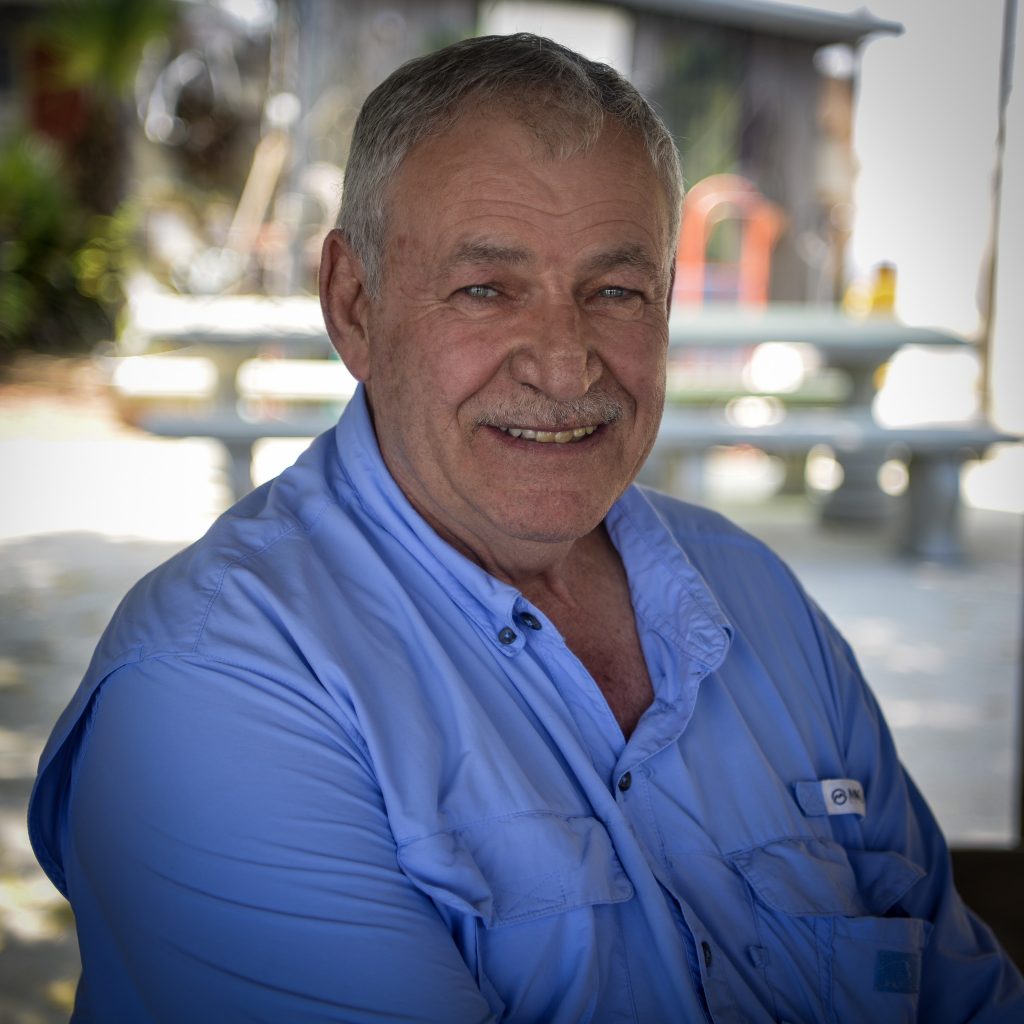
Cecil Lapeyrouse, the owner of the 104-year-old Cecil Lapeyrouse Grocery, agrees with Carl that falling costs are bad for local fisheries, and that part of the solution is buying seafood directly from fishermen. “Local commercial fisheries have been affected by imported product because they dropped the price on the domestic product, but the cost of living rose,” Cecil said. “It costs too much money for that guy to continue to be a local fisherman. He has to be able to get his product to someone like me or you who can give him a little more money versus a wholesaler.”
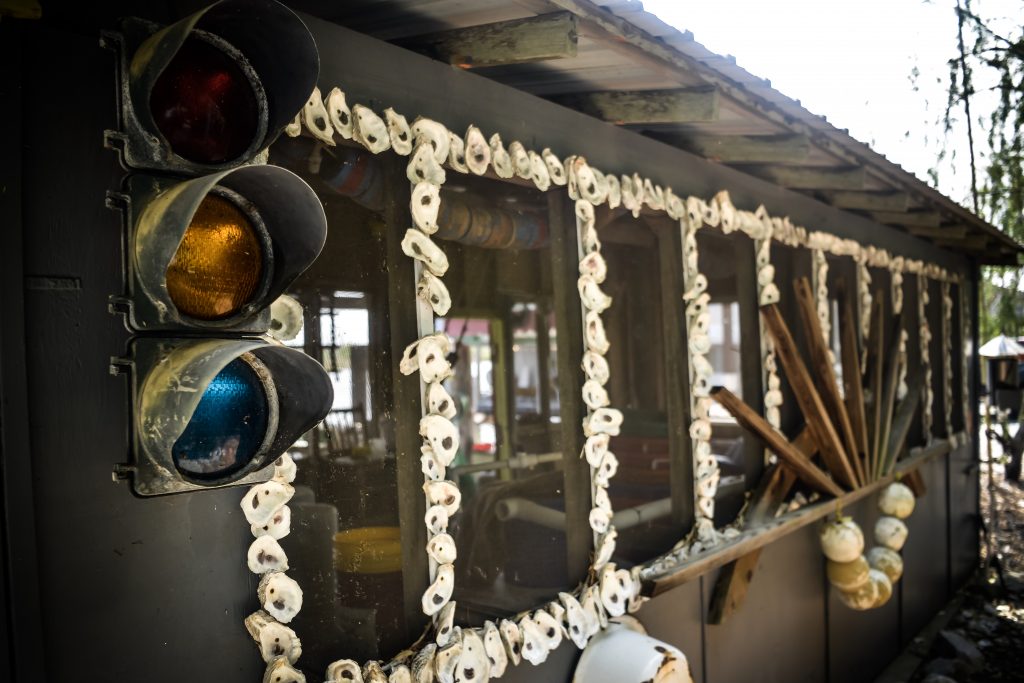
Cecil’s store is an important part of the community, and he has long served fishermen. “Commercial fishing is still very important for this area,” he explained. “The product that the commercial fishermen here thrive on and make a living at doing goes all over the United States and even to different parts of the world. It’s a major natural resource from here that supplies the whole world!”
Cecil is happy to directly support local fishermen, and encourages others to do the same. “I’m not knocking foreign product, but I’d rather not have any shrimp than sell that because I’m a local person trying to sell to local people,” Cecil exclaimed. “The product I get here is wild-caught Gulf shrimp. I’m trying to sell the freshest product available. You know it’s fresh, and you know where it came from, so you’re willing to spend a little more money.”
Pete LeBeouf and the Pointe-au-Chien Tribe
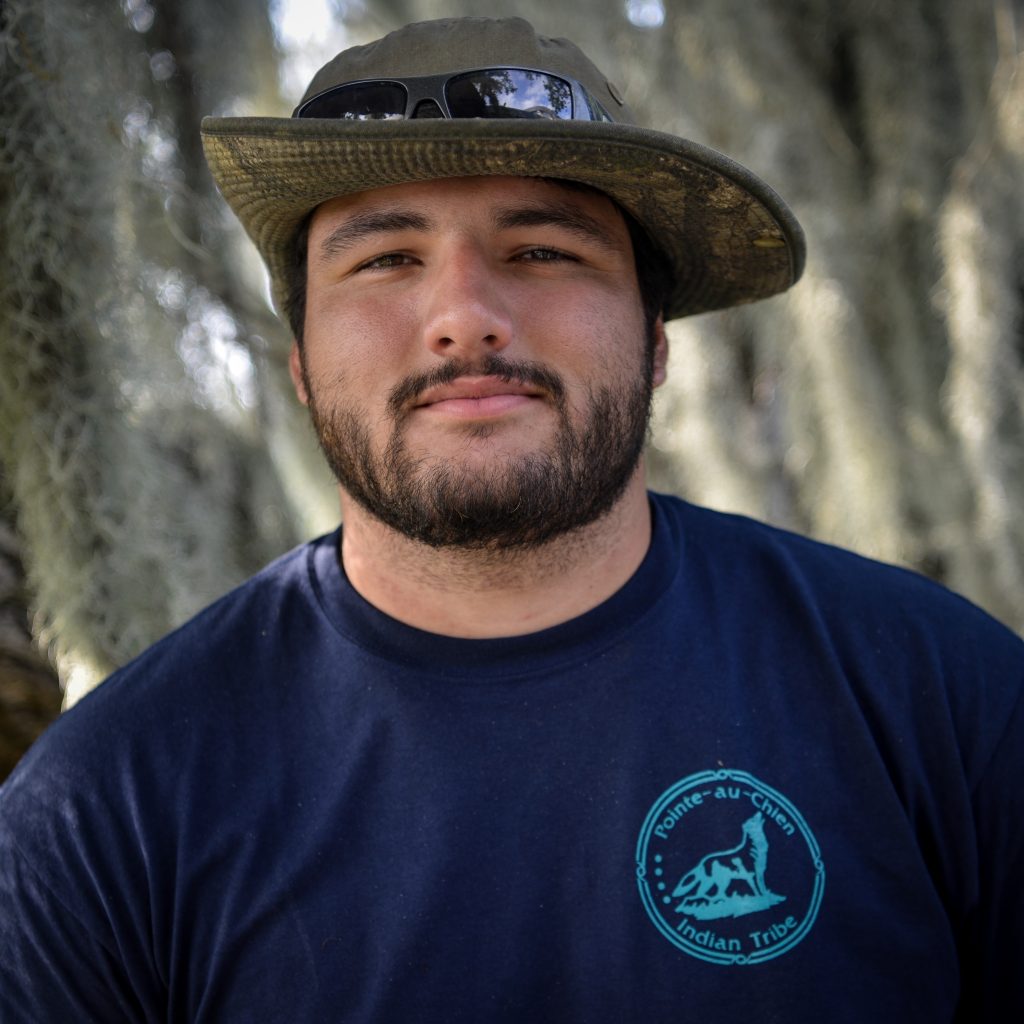
South Louisiana’s rich seafood resources have sustained coastal communities for millennia, including the Pointe-au-Chien Indian Tribe. “When the acadians first moved down here, who do you think they learned from?” asked Pete LeBeouf, a member of the Pointe-au-Chien Tribe. “Shrimping, crabs, all that, it’s ingrained in us. You do not get southern Louisiana Native American tribes, or southern Louisiana in general, without seafood. It’s our livelihood. It’s our families. It’s what we do, it’s who we are.”
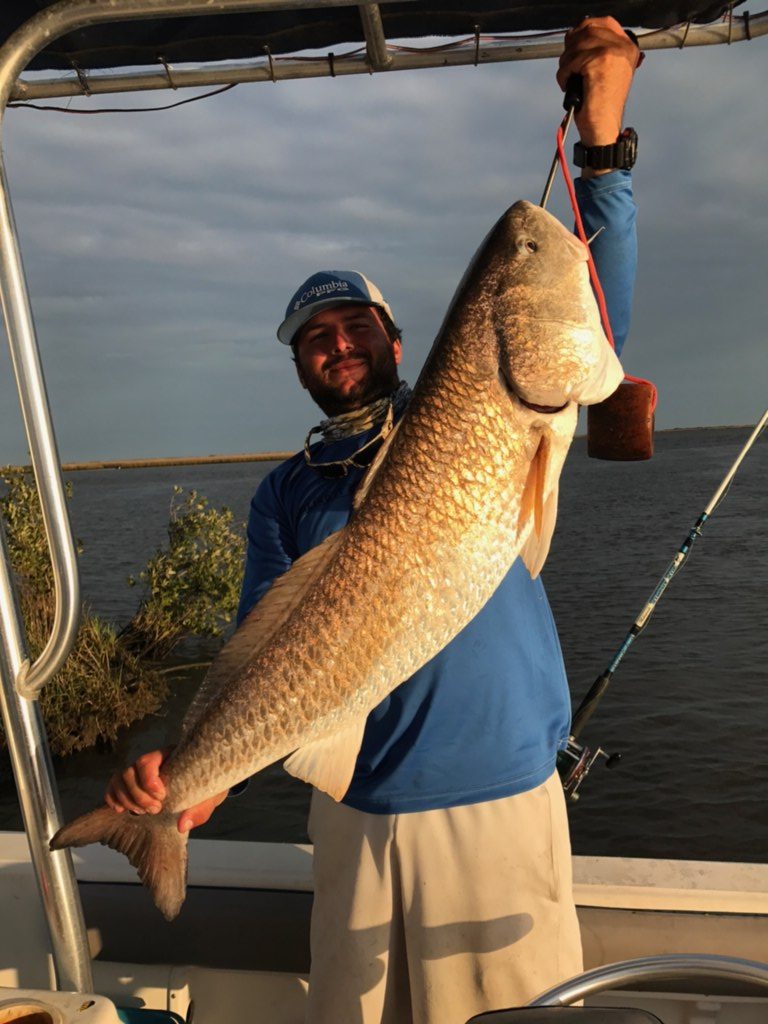
Like many of his friends and family, Pete loves fishing. “For a lot of us, it’s a bonding thing,” he said. “The person who taught me to fish was my dad. I don’t get to see my dad that much, and that’s how me and him got along. It’s something I do with my buddies. For most of the people around here, that’s how they made their money. That’s how all this has come to be.”
Pete says that local fish, crab, and shrimp populations are high, and that he caught over 100 crabs for our community feast in less than two hours. “The oil spill ruined it for a couple of years but it’s come back,” he recalled. “Water creatures will find a way to live.”
The falling value of shrimp has affected the Pointe-au-Chien community as well, causing some younger members of the Tribe to move away to find jobs. “My grandchildren will see shrimp on a plate, but not on a boat, because they will need to find other jobs,” predicted Jake Billiot, a member of the Tribal Council.
However, other community members are less concerned about this. “You may be losing people that shrimp, but a lot of younger people are still interested,” said Lori Stewart, the project manager of the Pointe-au-Chien Indian Tribe’s Federal recognition project (the Tribe is currently recognized by the state of Louisiana but not by the Federal Government.) “They won’t see what we saw, but you can still teach them. They know it, they love it, I don’t see that going away.”
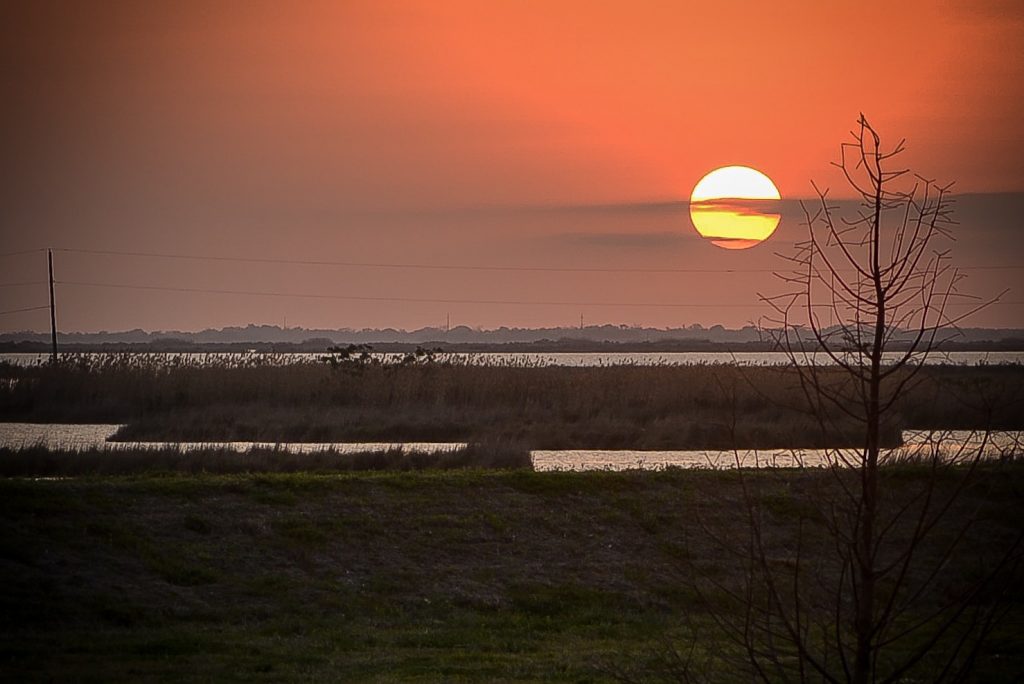
Pete LeBeouf agrees that some other members of the younger generation are moving away, but he’s sticking around. In fact, he’s majoring in environmental biology at nearby Southeastern Louisiana University. “What I want to hopefully try to do is save what’s left of right here,” Pete said. ”I want to find a way to save some of it, or rebuild what it used to be. I want to stay. Look at that! [Pete points at the landscape behind us.] That’s the most beautiful thing I’m ever gonna see in my whole life. I love that. I want to be able to pass that on!”
Photo slideshow
Click through the photos below to see what life is like for the fishing communities of Terrebonne Parish, Louisiana.
During our time here, we learned just how important fishing is to the local communities as a source of food, jobs, culture, and pride. People in South Louisiana love living here and working on the water despite the many challenges. While falling prices are hurting fishermen, community-oriented solutions like buying directly from fishermen are picking up some of the slack. Through the next generation, there is hope to not just continue cultural traditions, but to use cutting-edge science to protect and restore habitats. By blending science, tradition, and passion, the fishing communities of Terrebonne Parish are working hard-and working together- to protect their way of life. Like much of what we saw here, the solutions are homegrown, from the people and for the people. After all they’ve already overcome together, we wouldn’t bet against them.
Solomon David, Samantha Oester, Rafeed Hussain, and Rachel Guillory contributed to this report. Thanks also to OceanDotComm participants who contributed additional photographs including Susan Von Thun, Alexander Havens, Rebecca Helm, Delaina LeBlanc, and Nicole Morgan.
